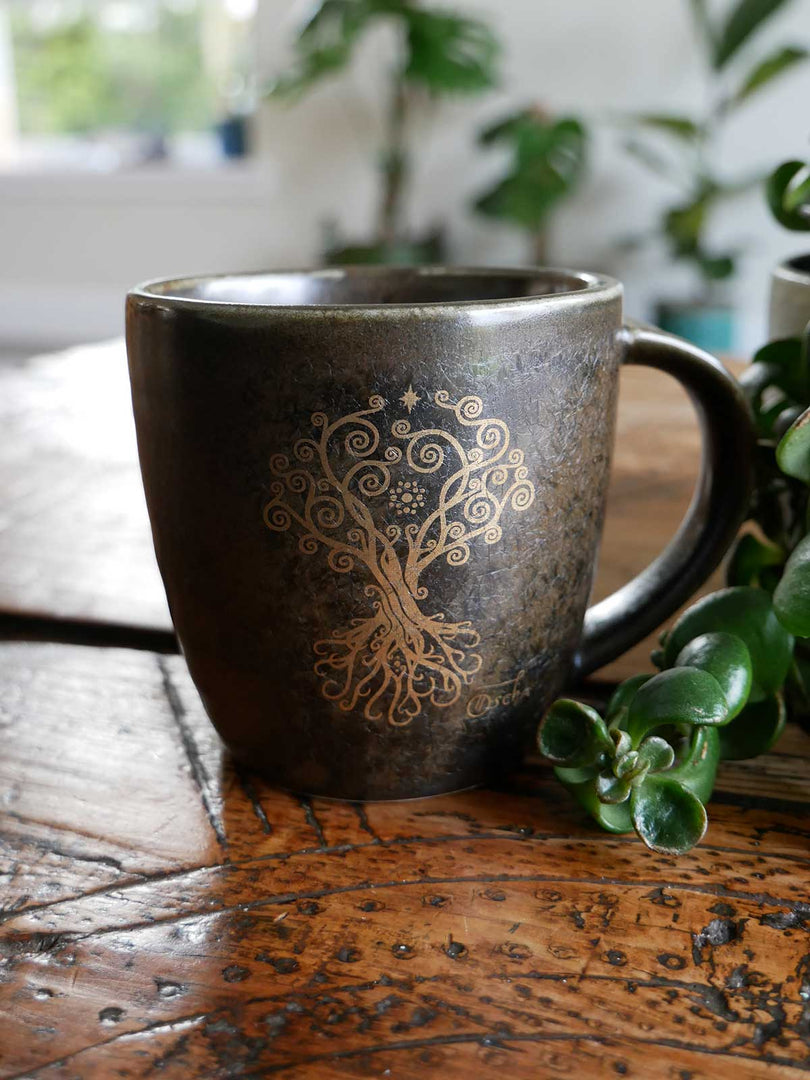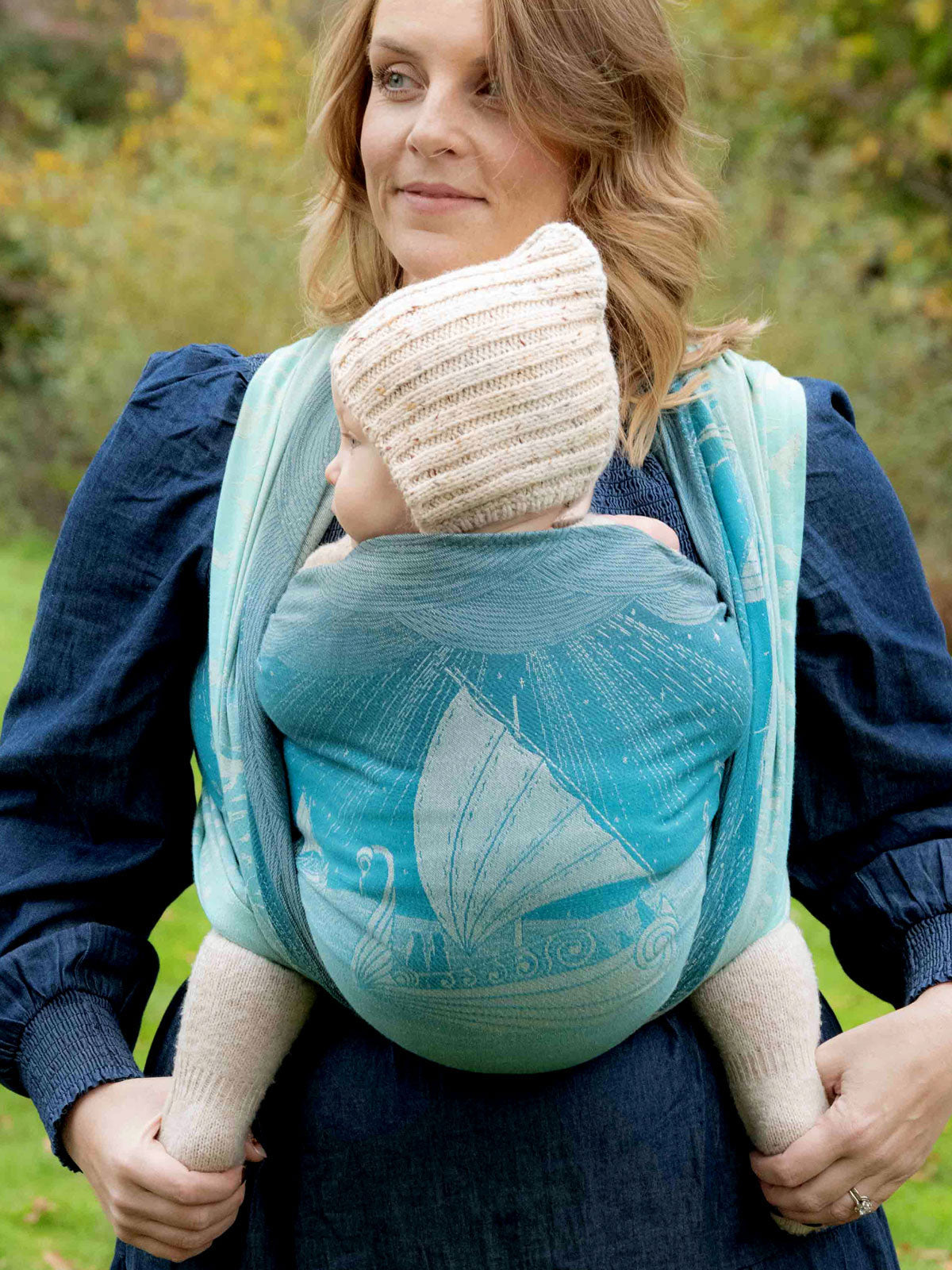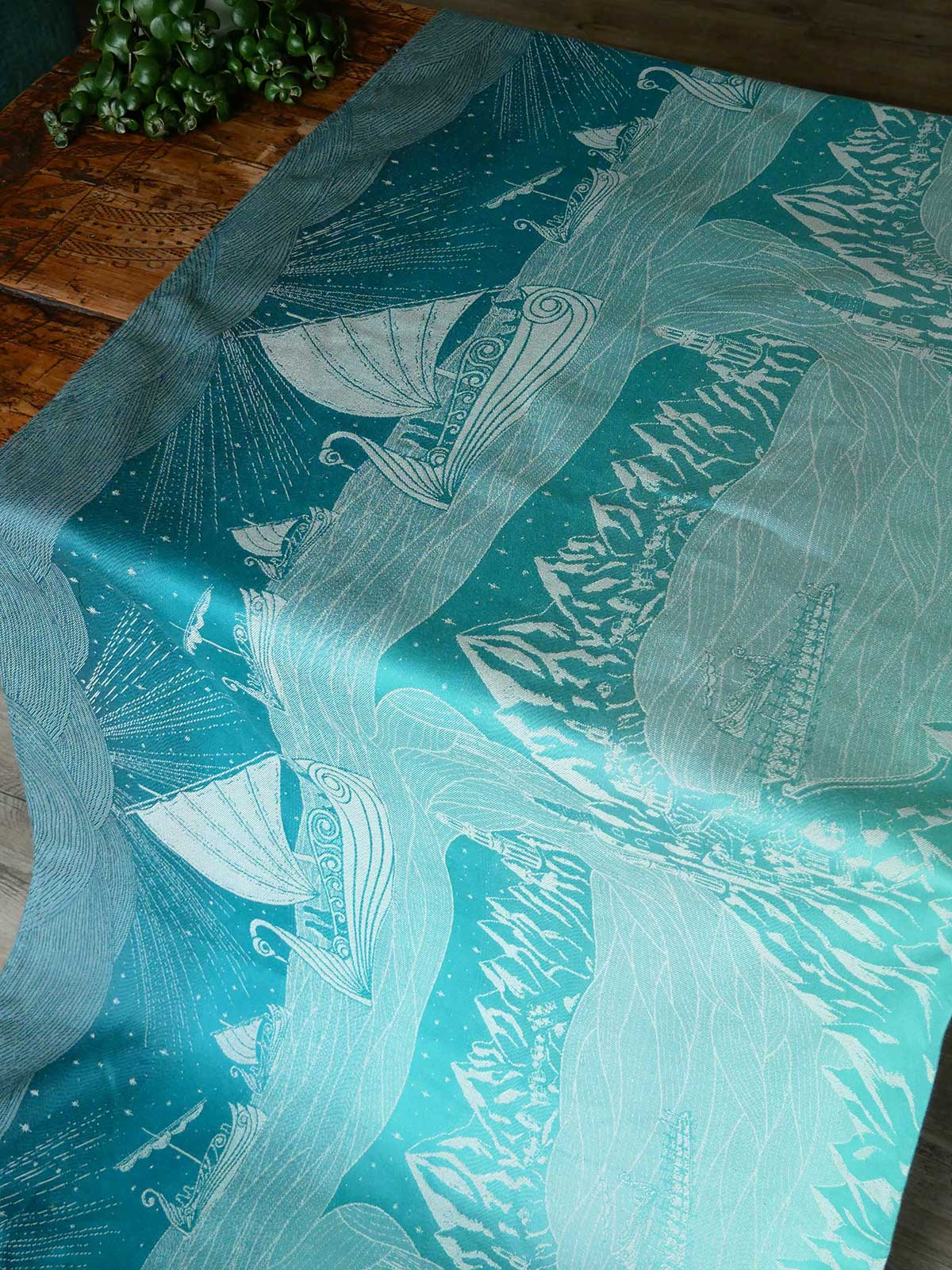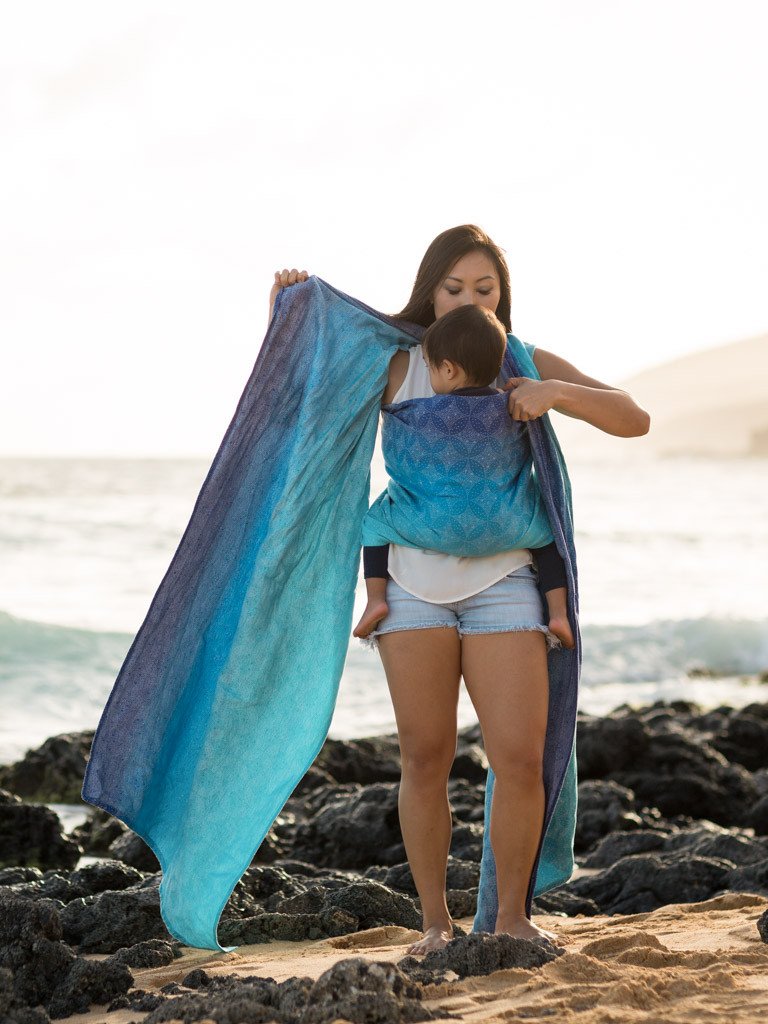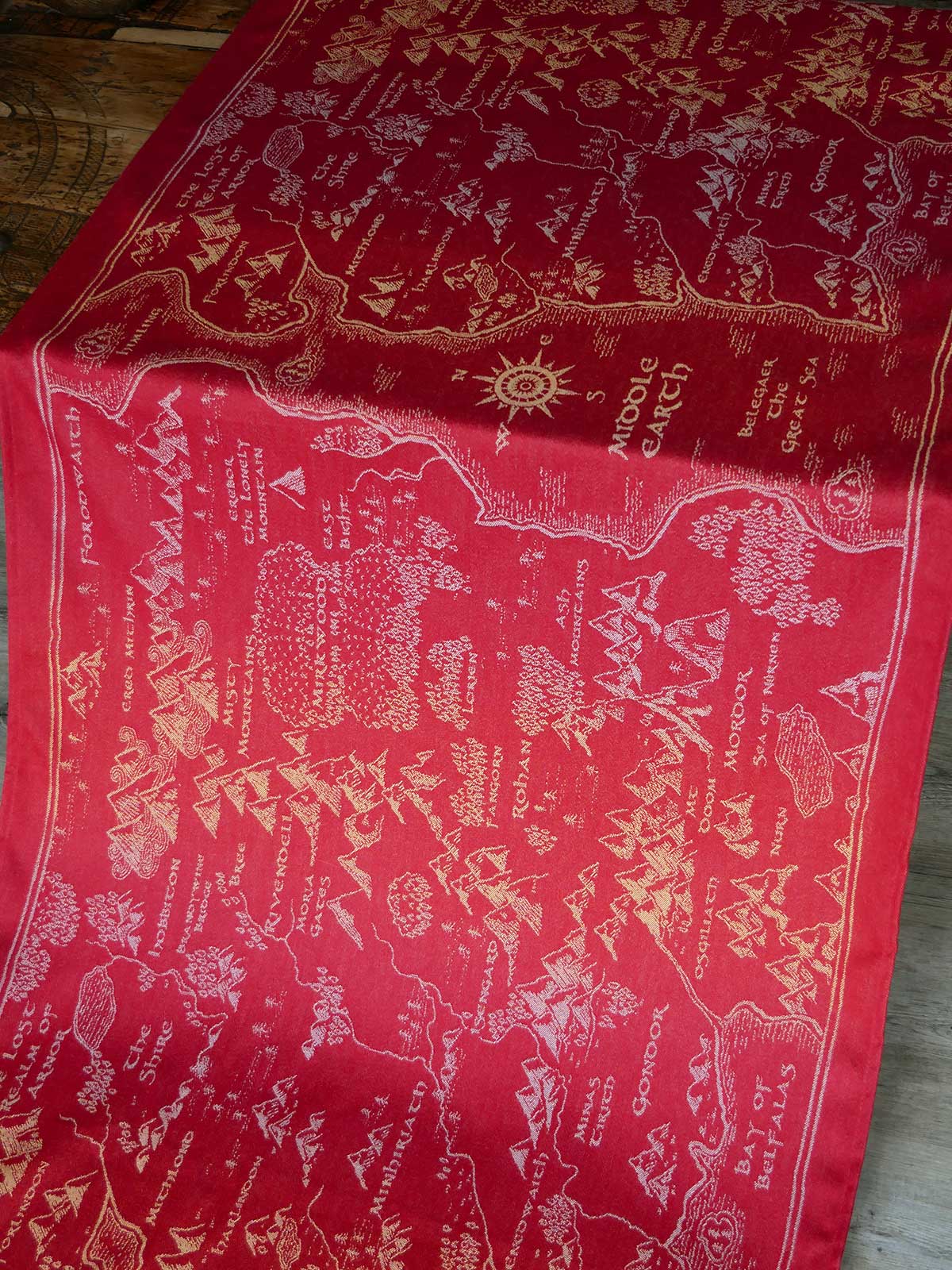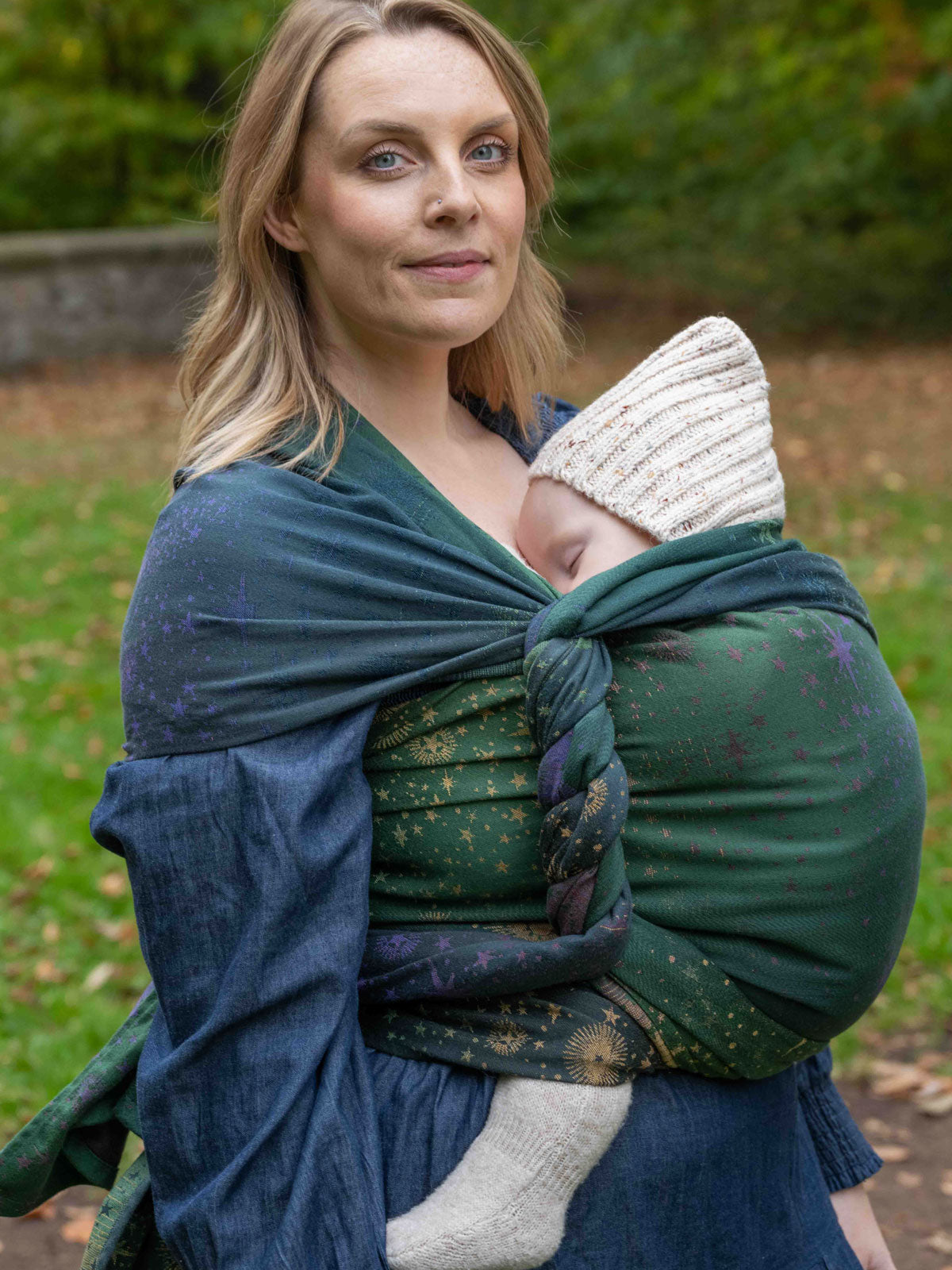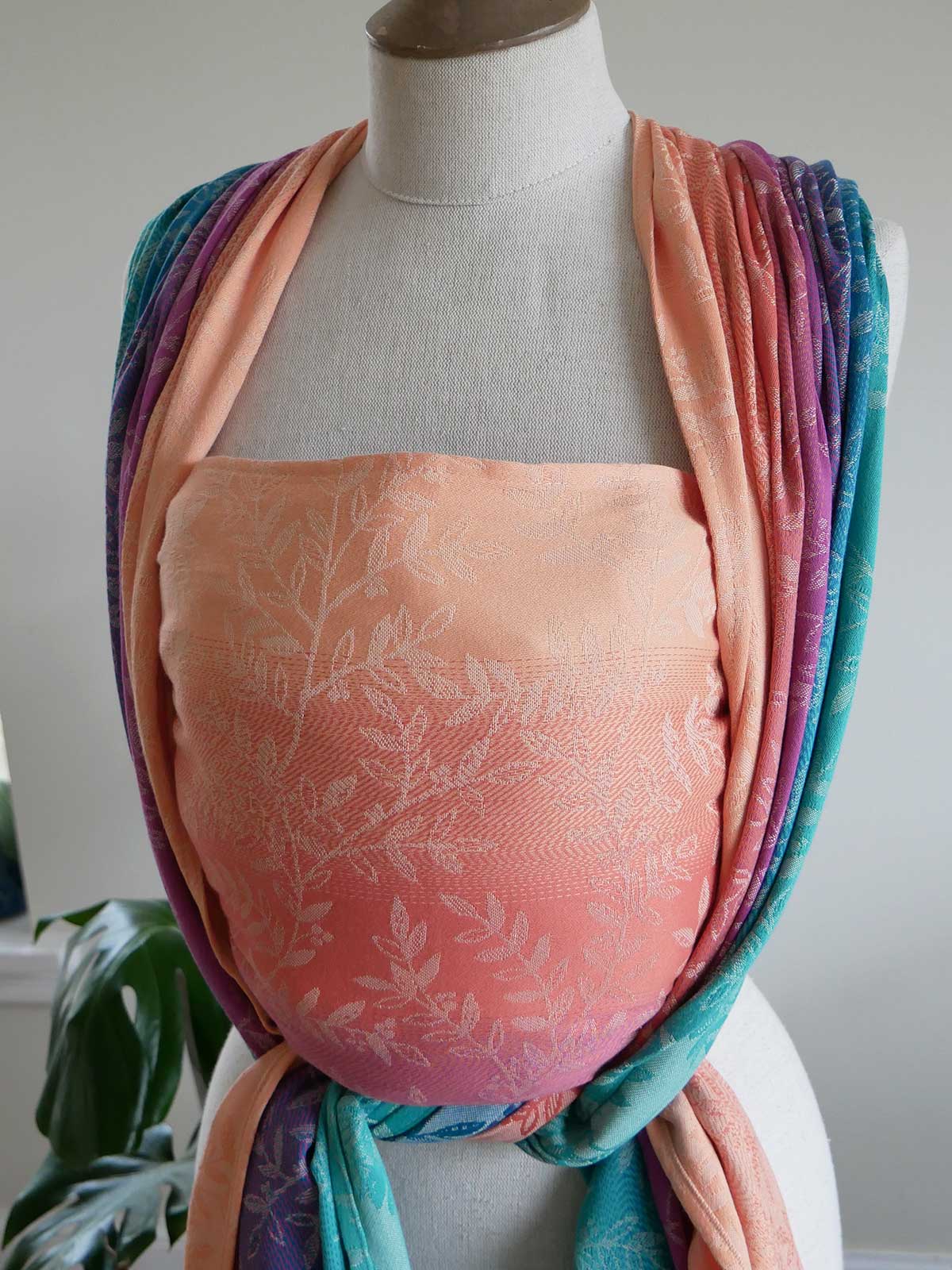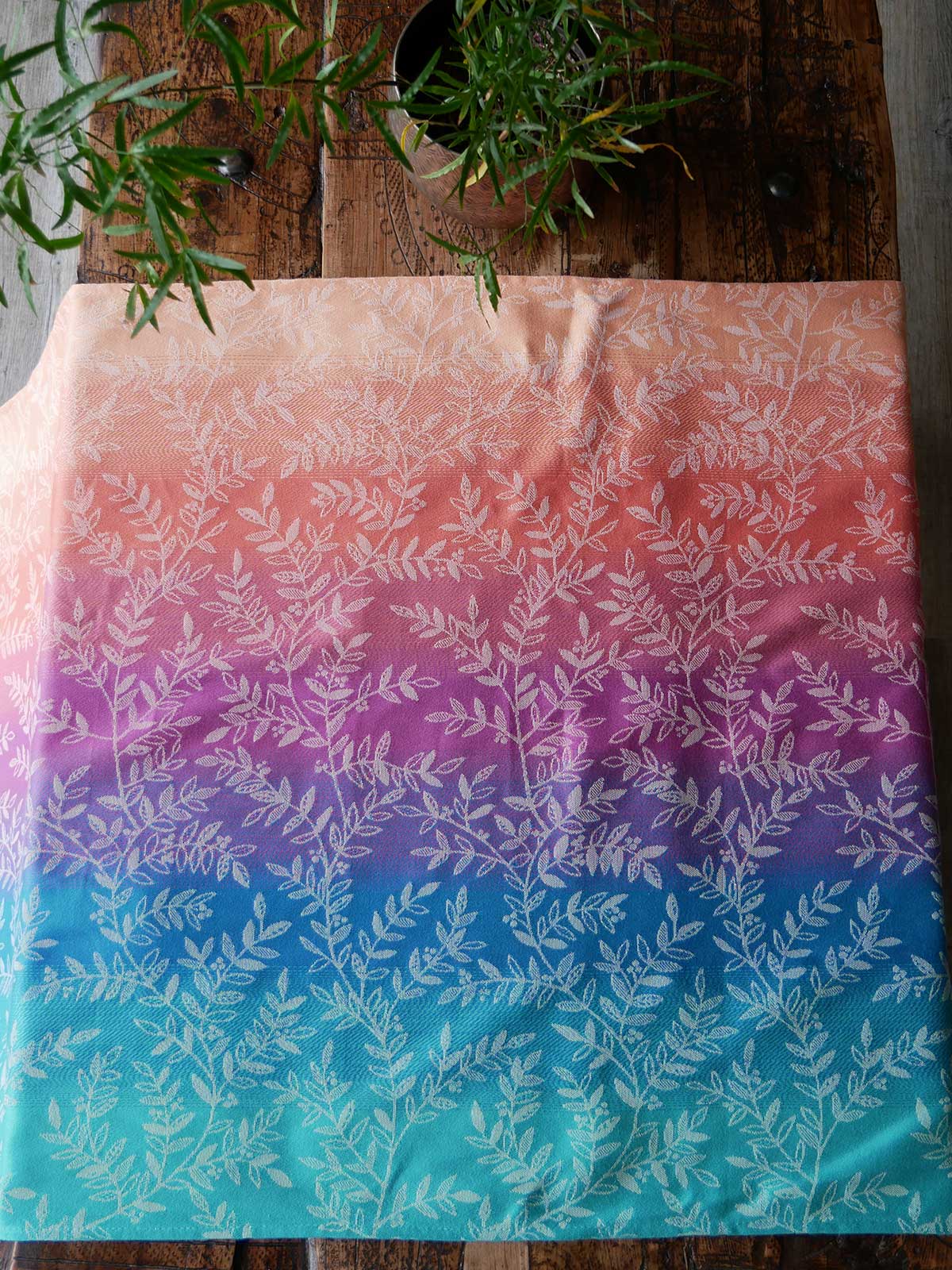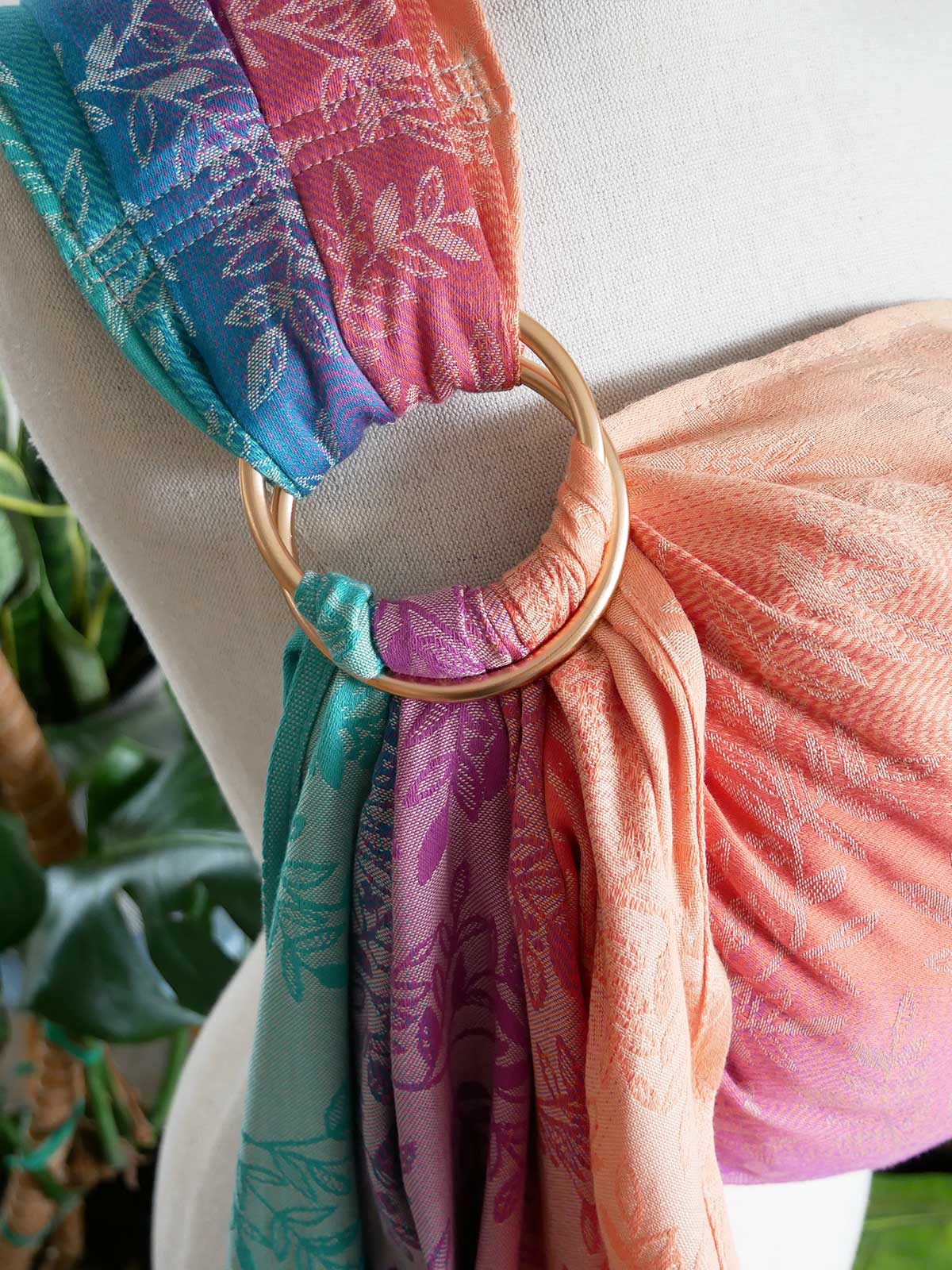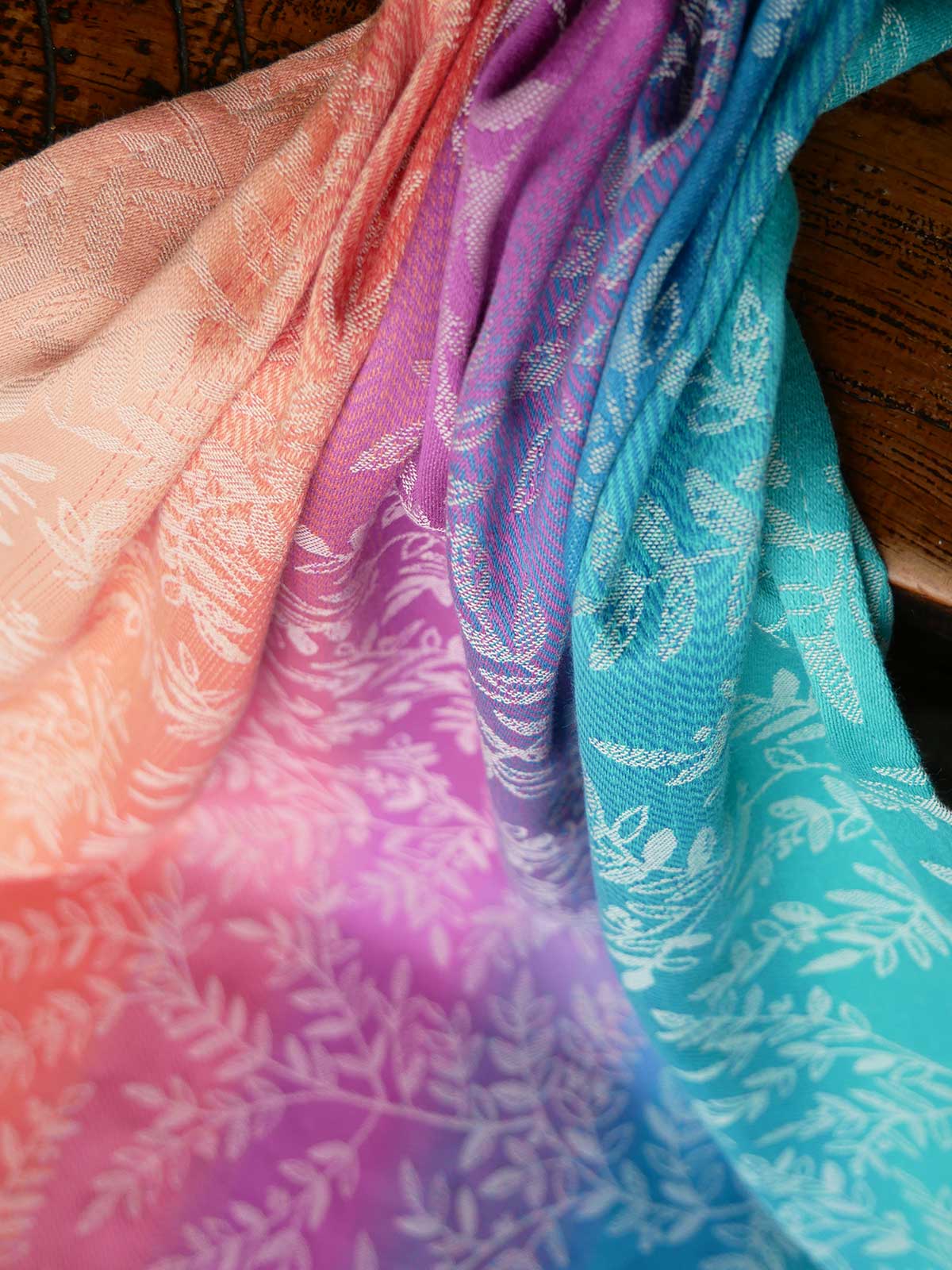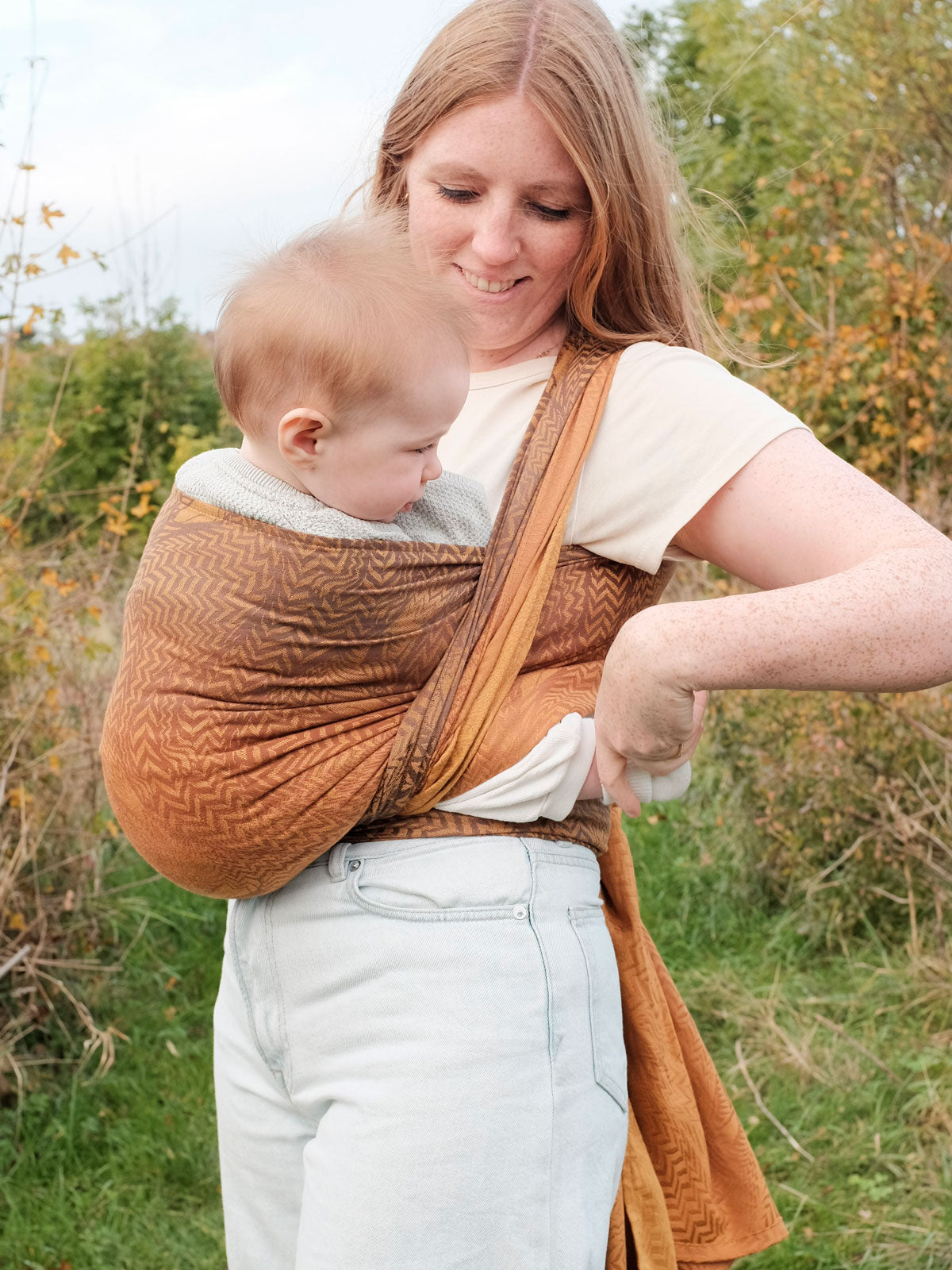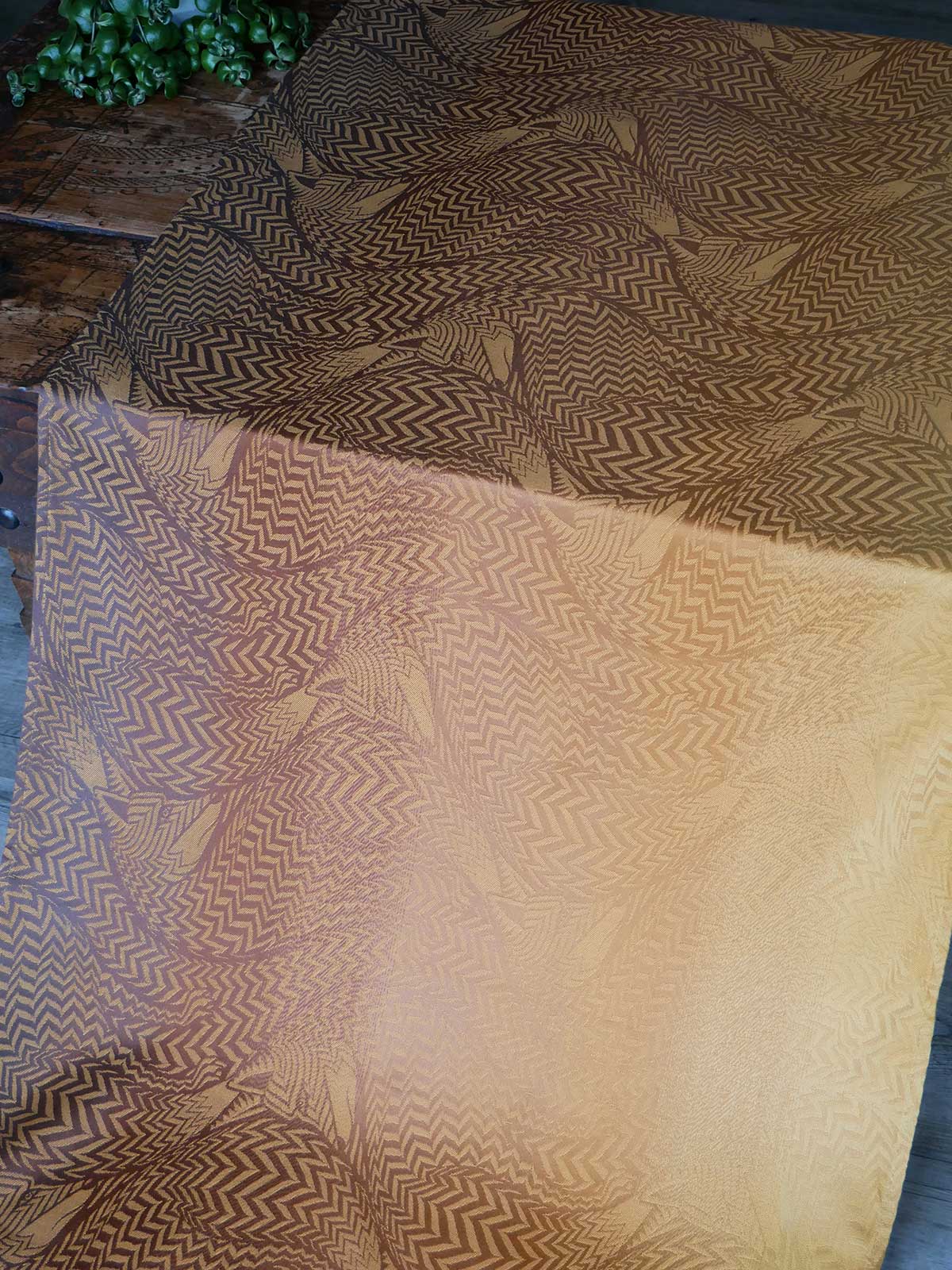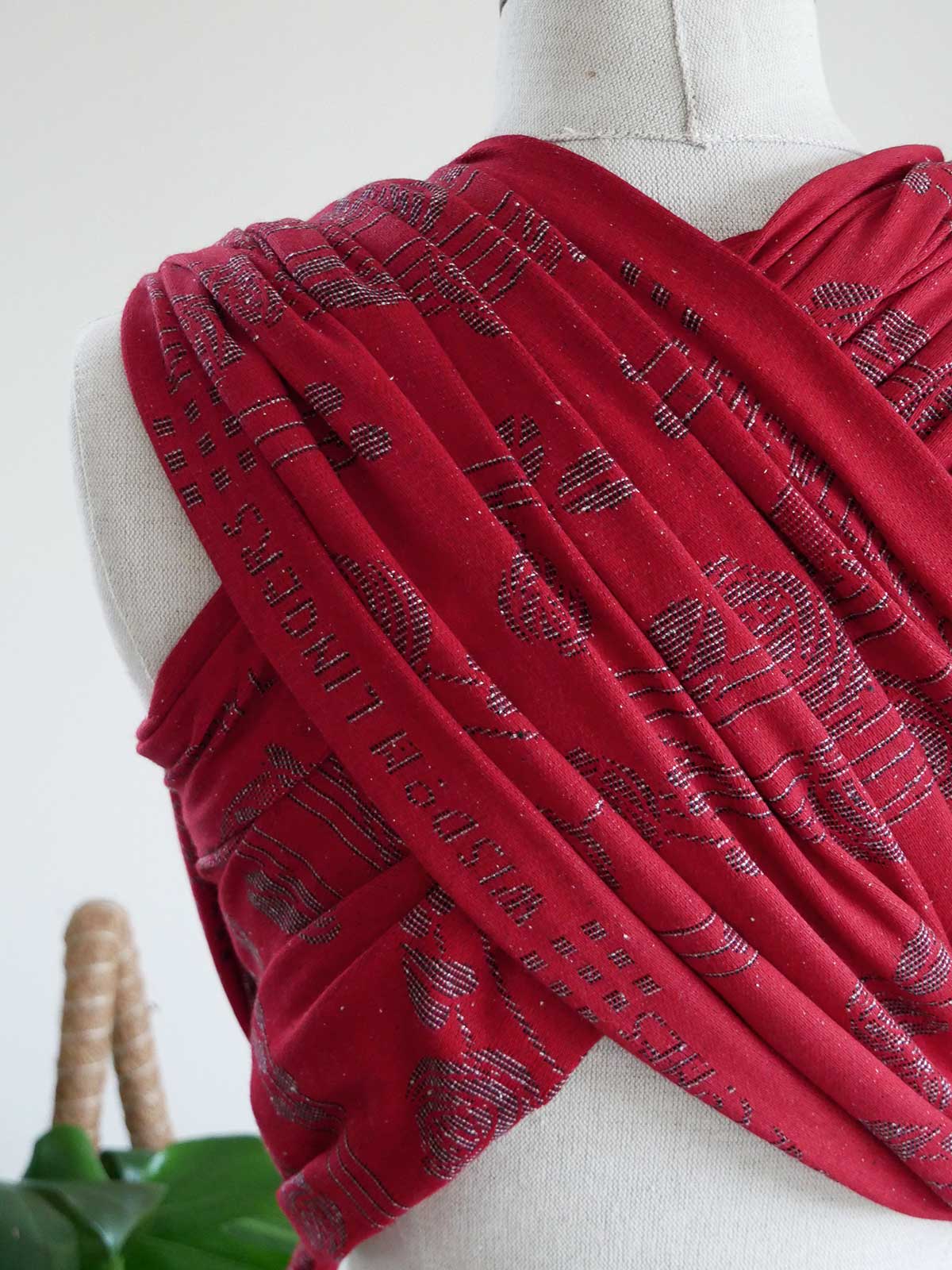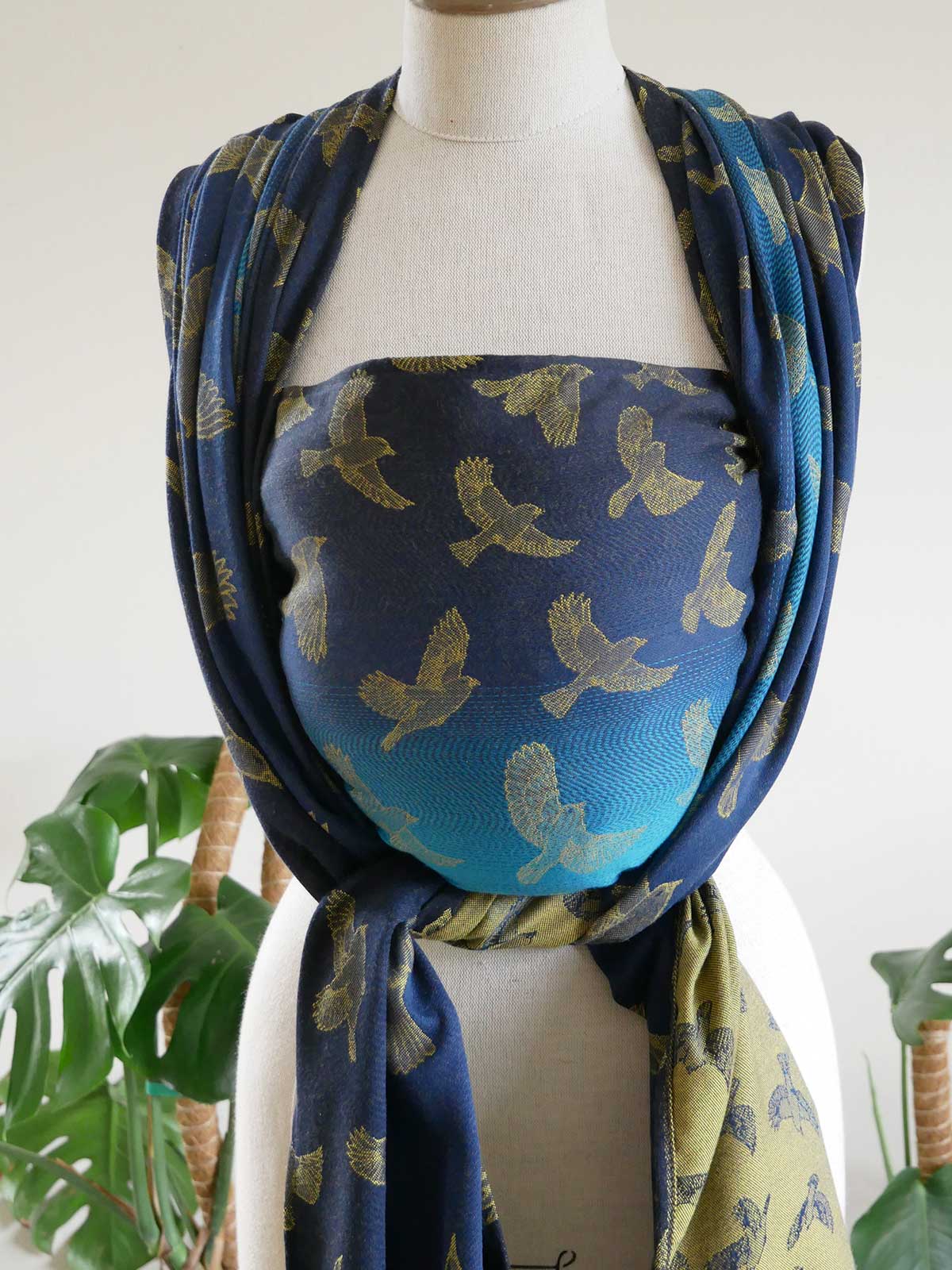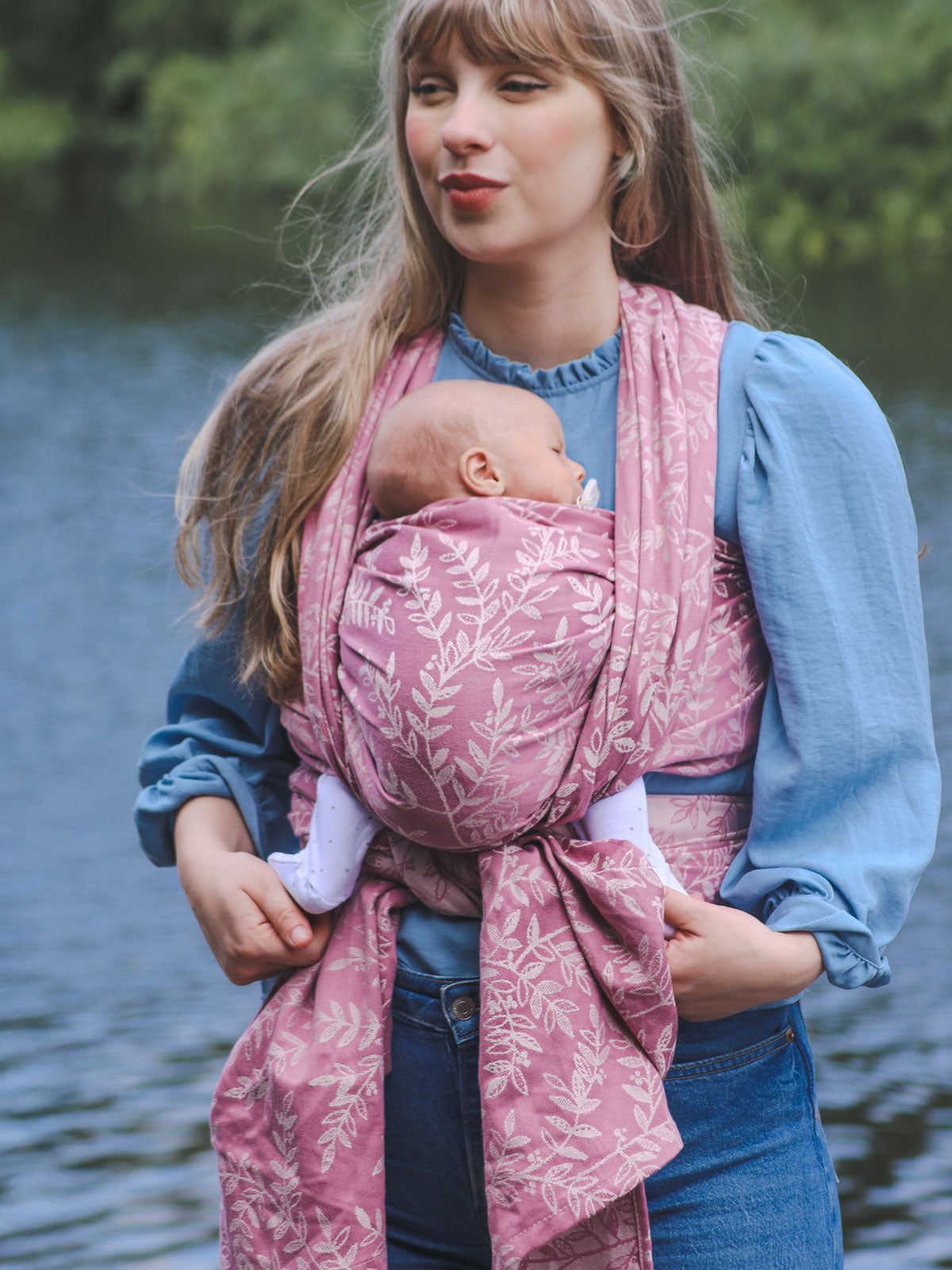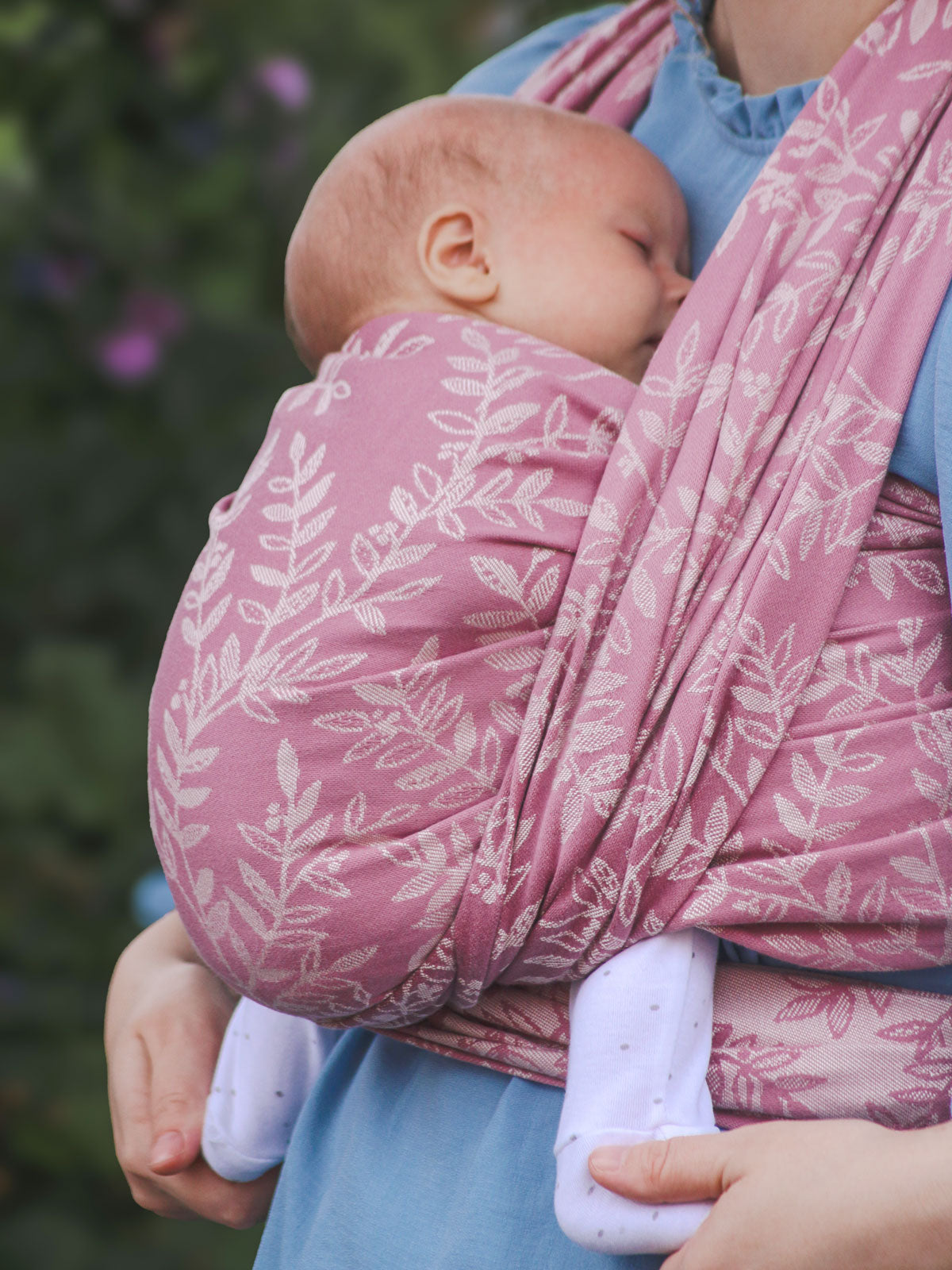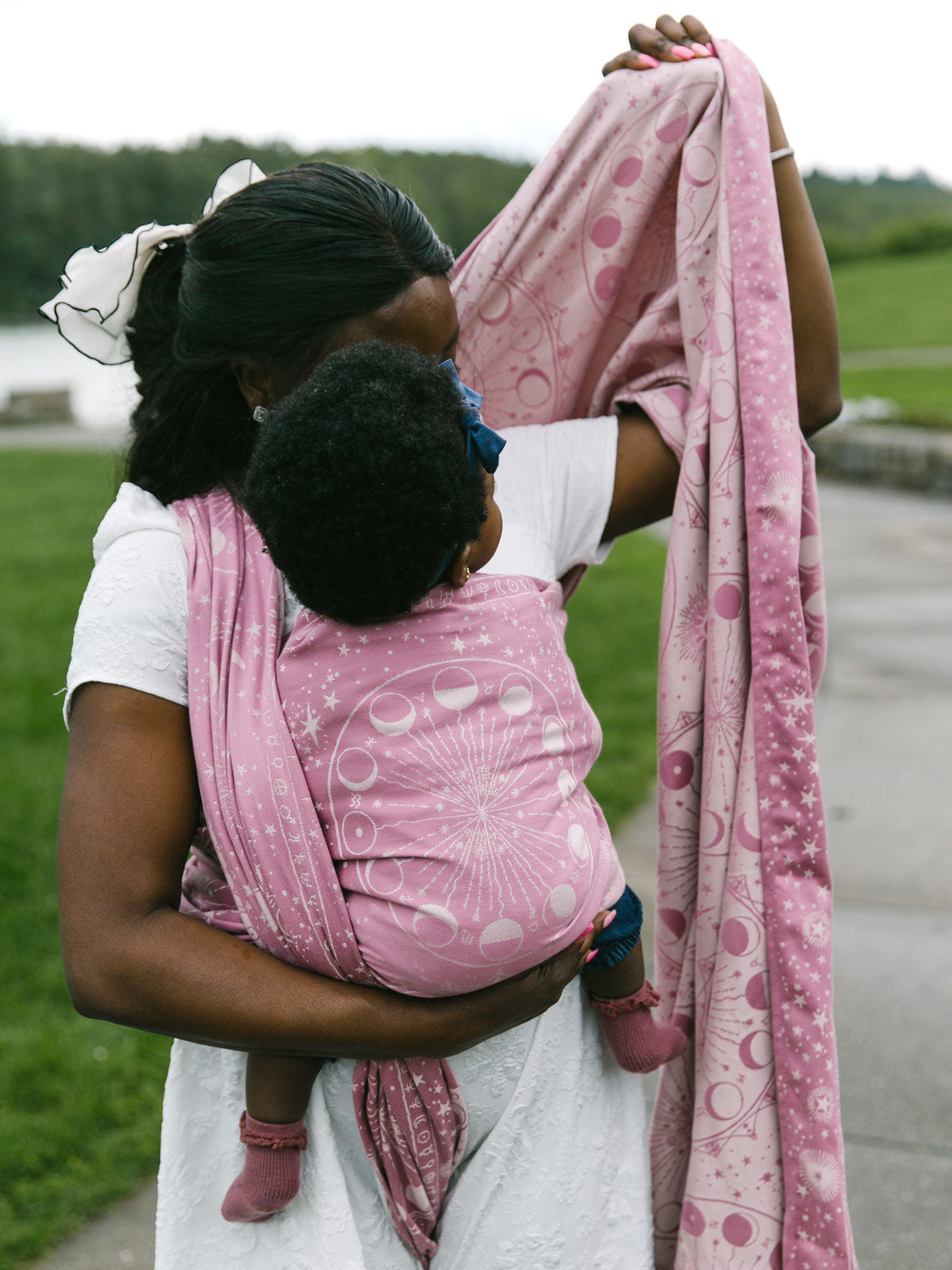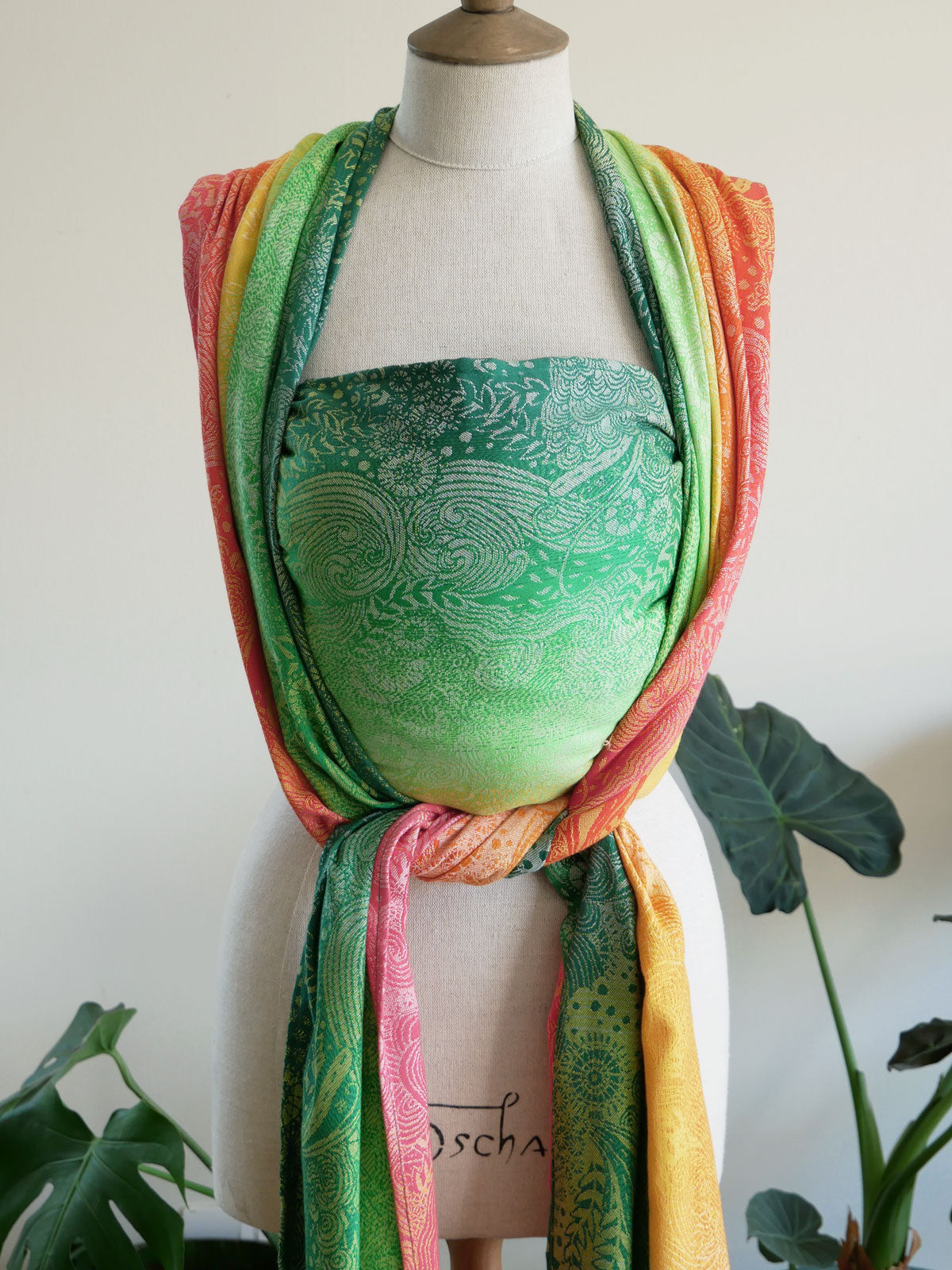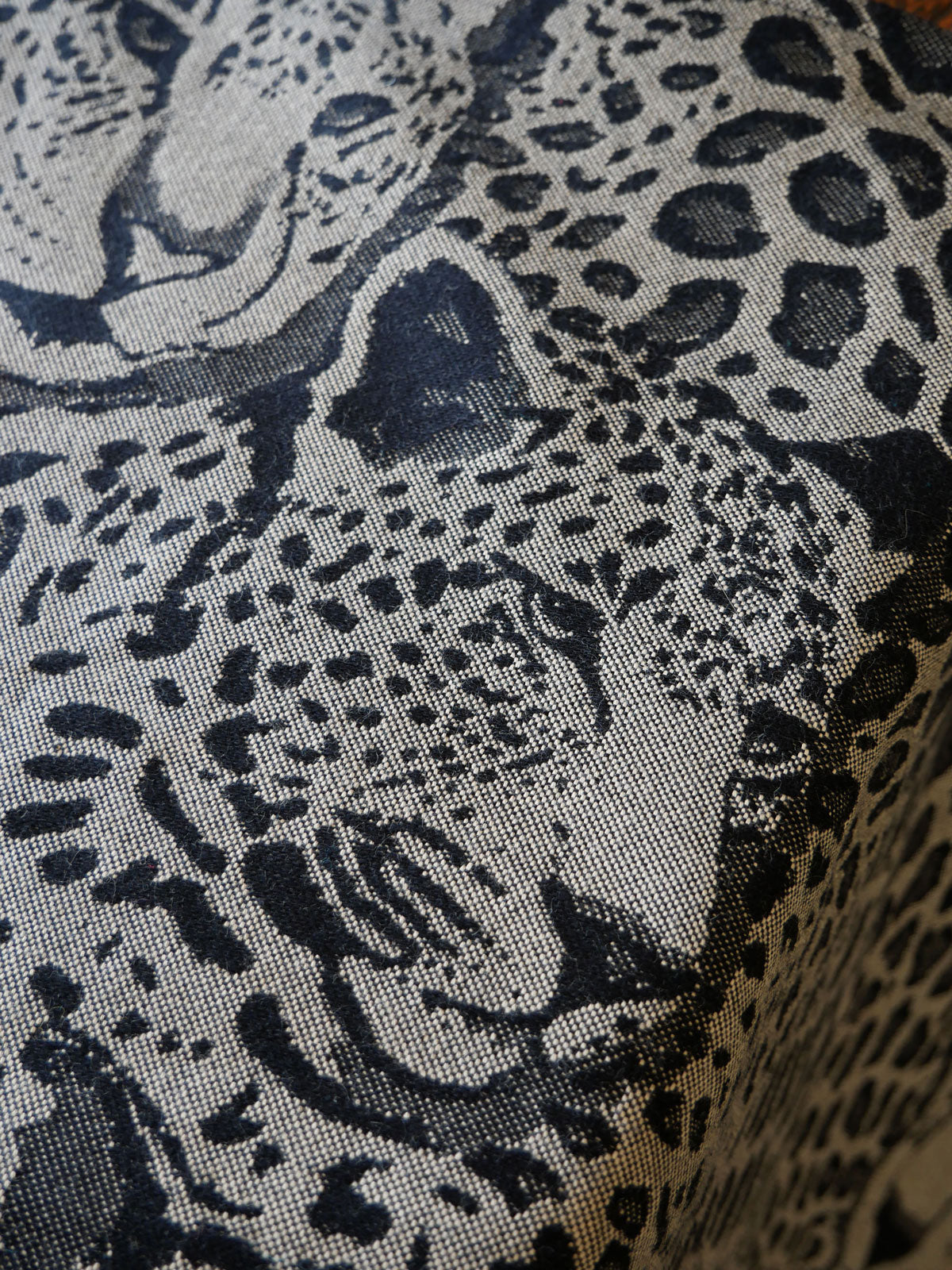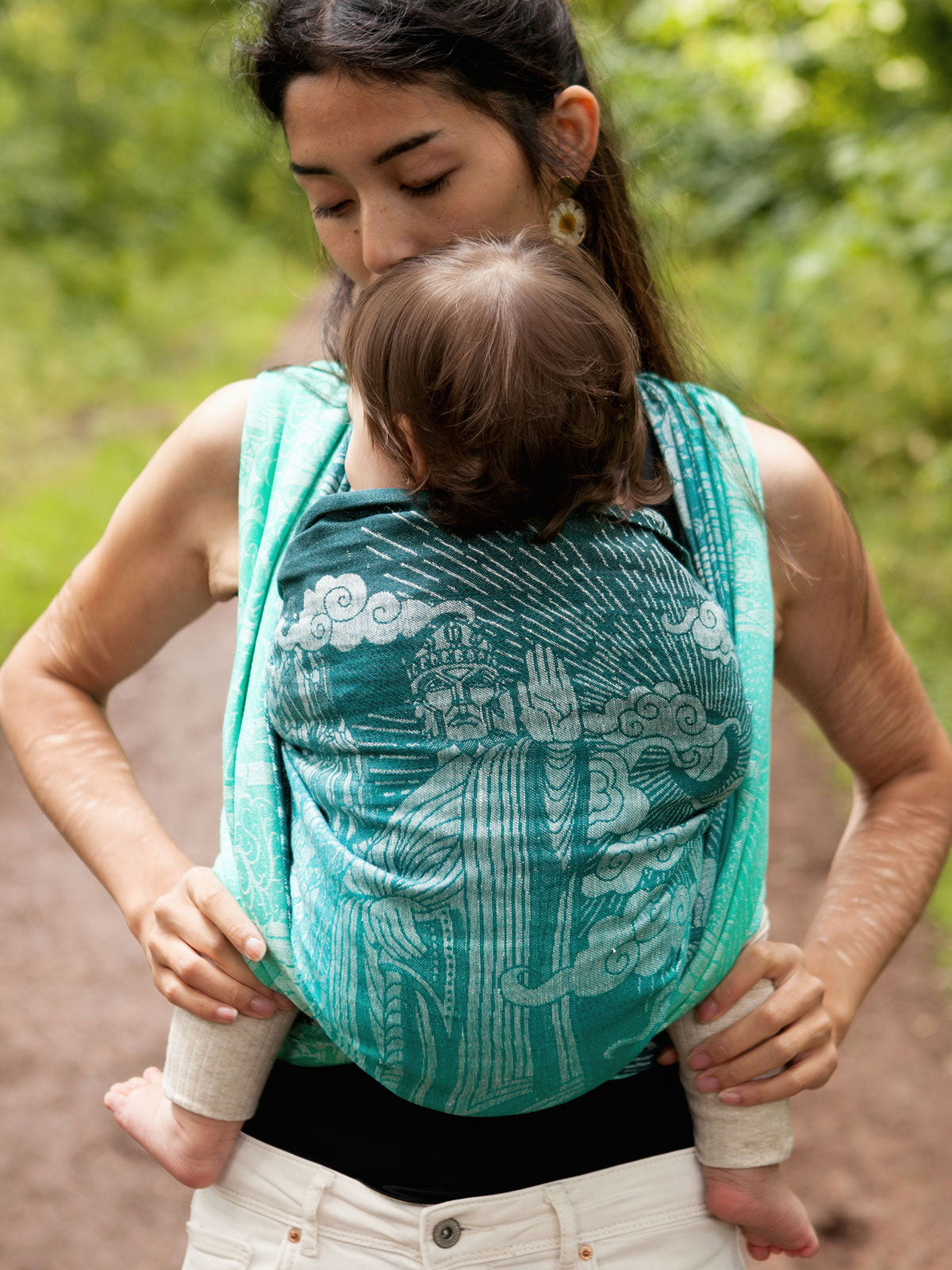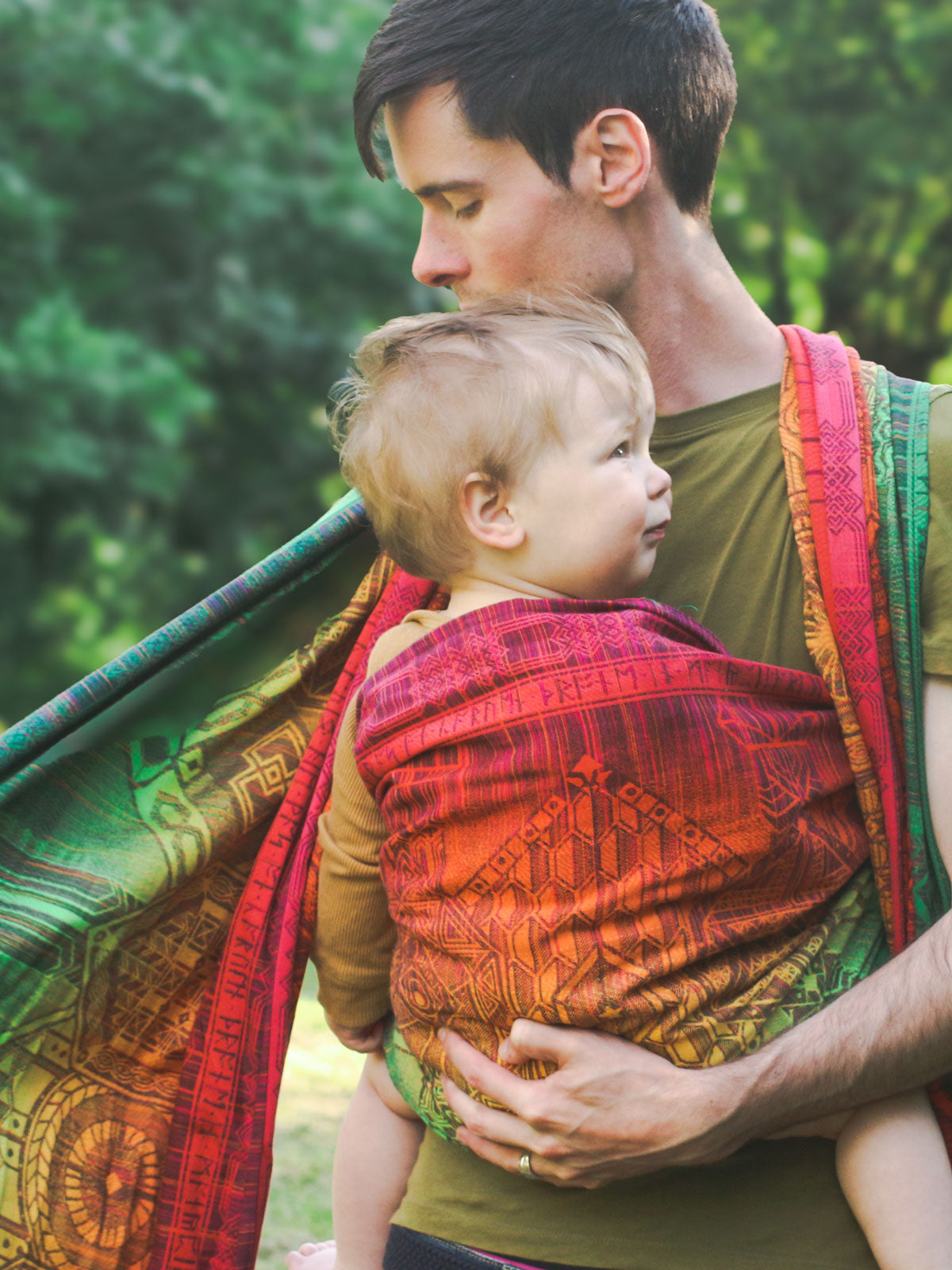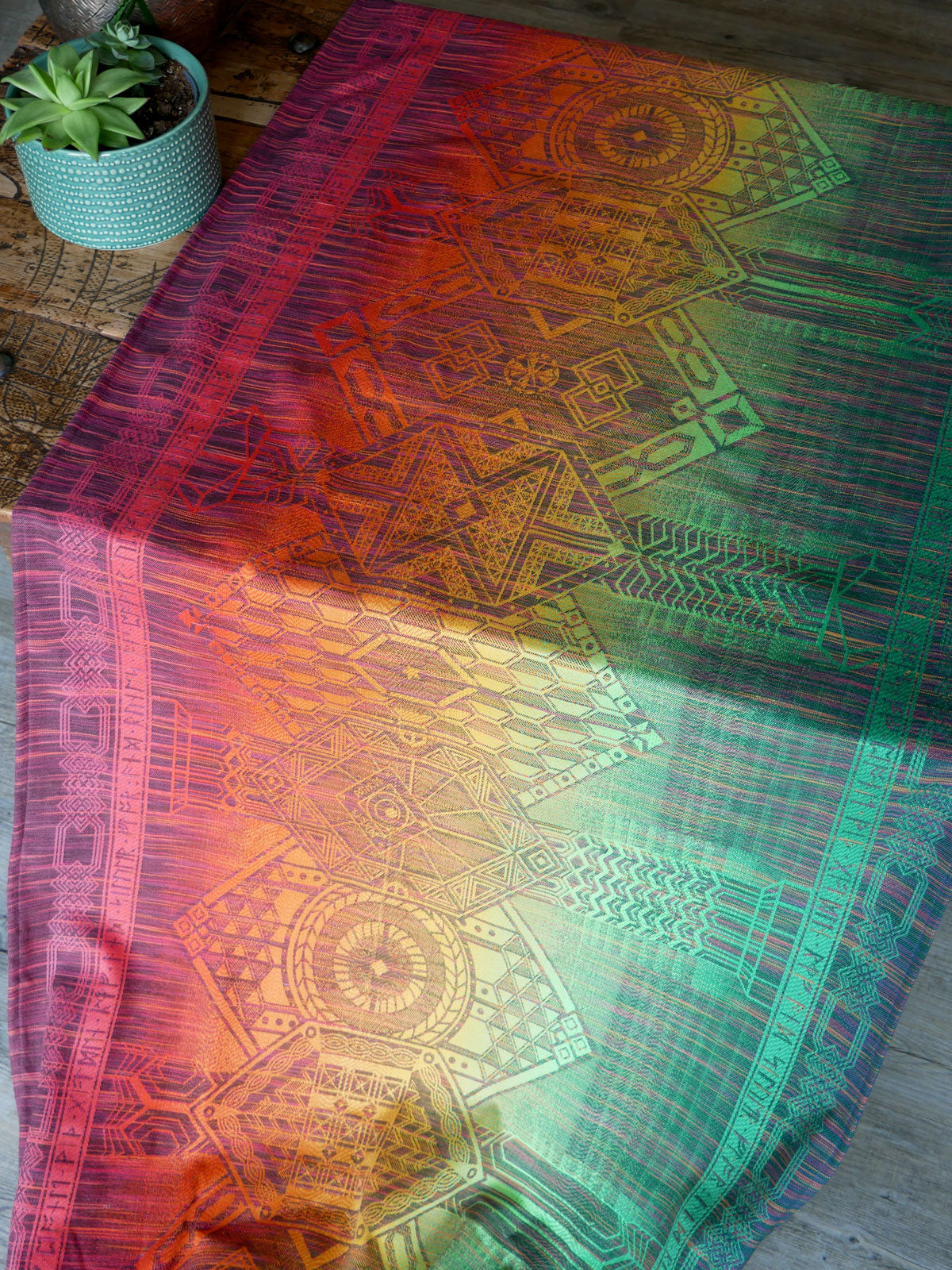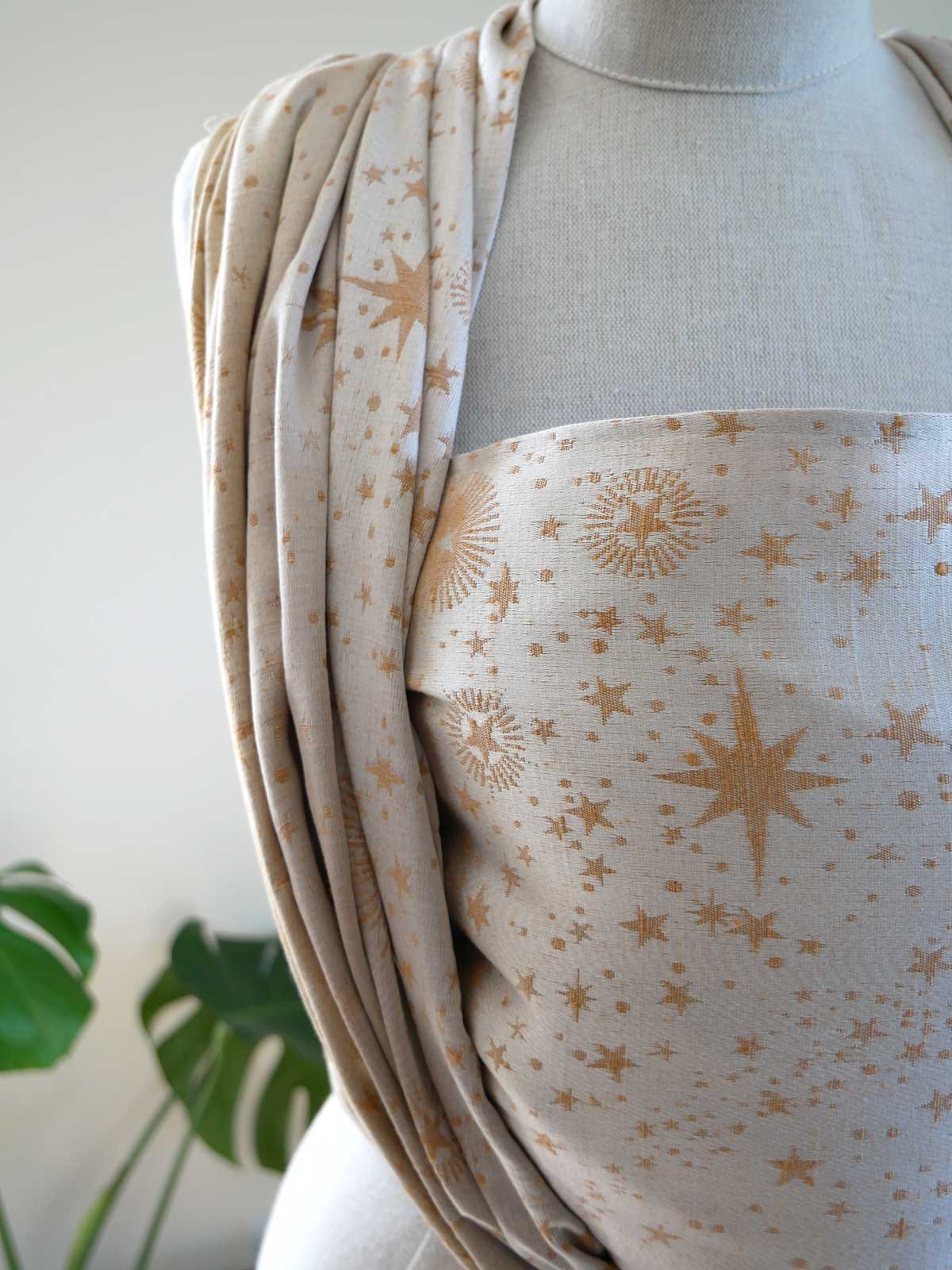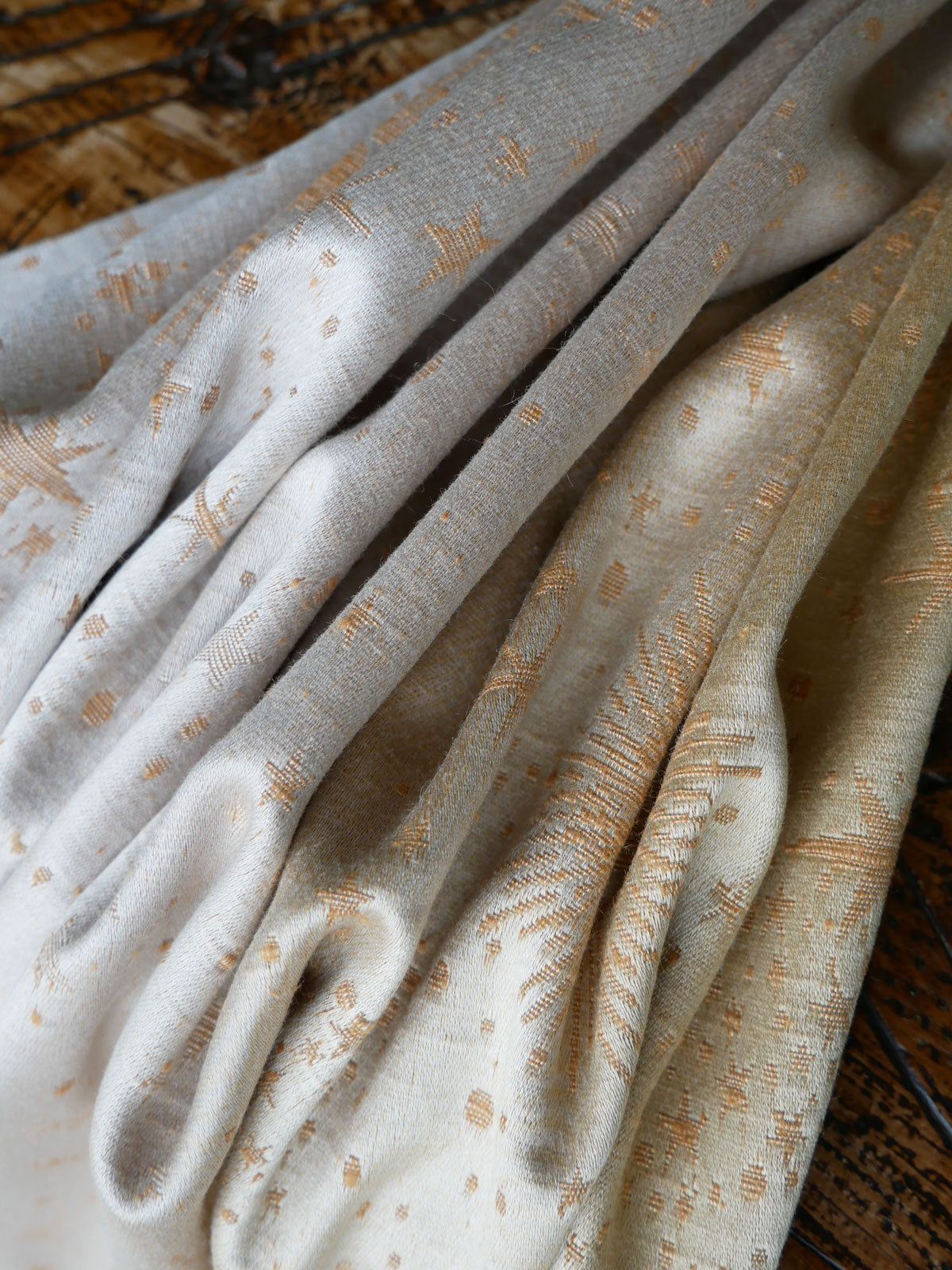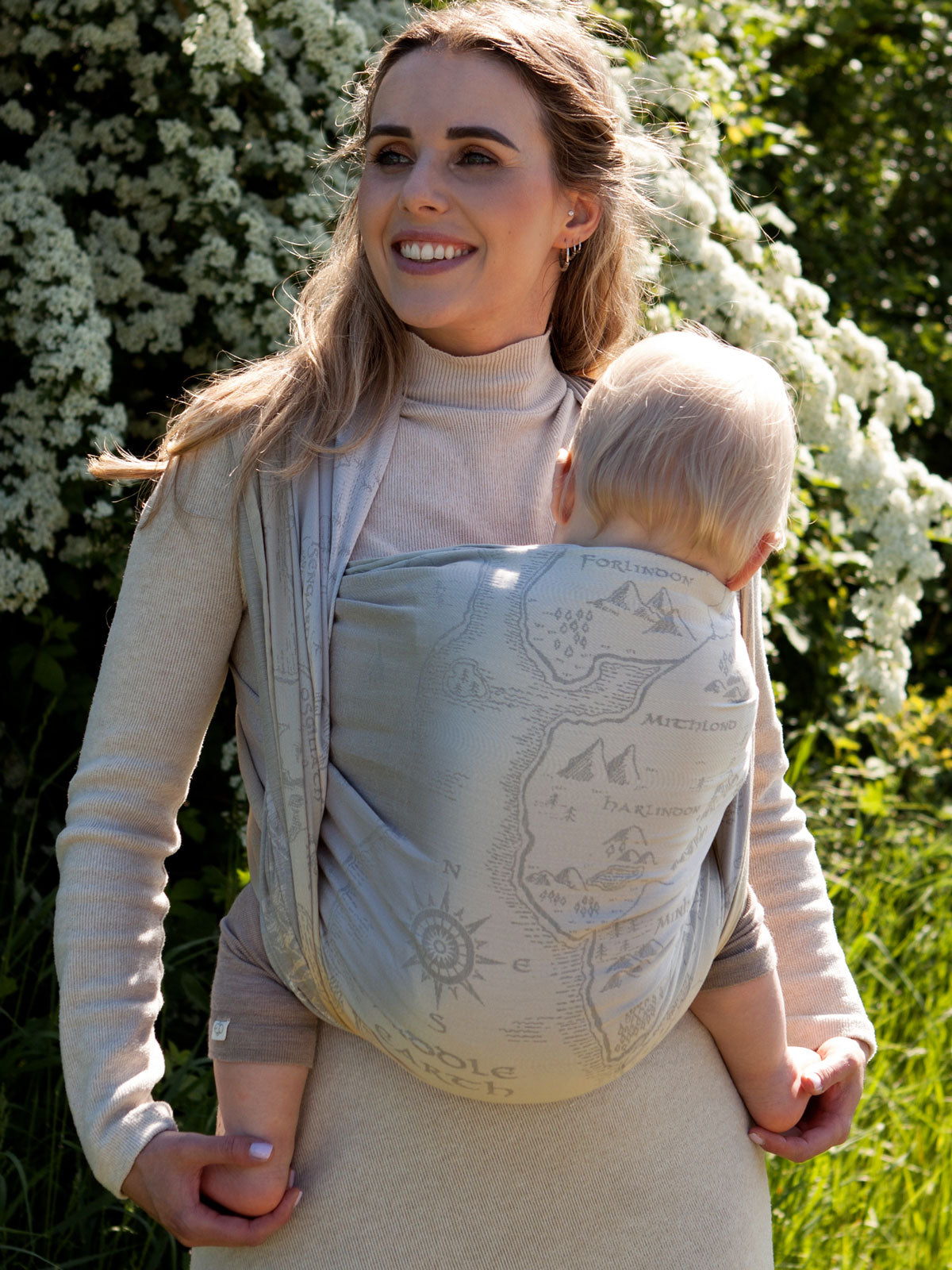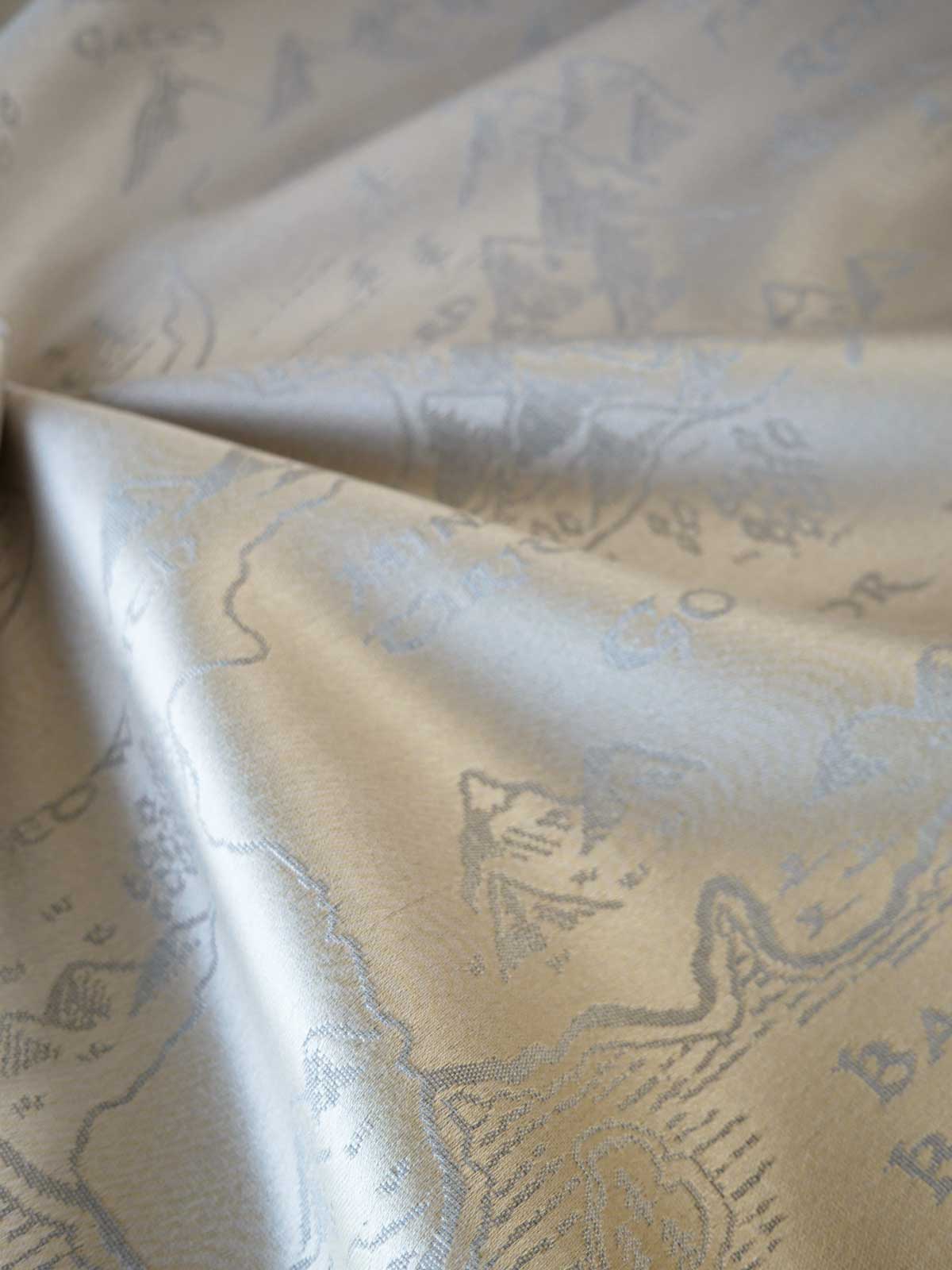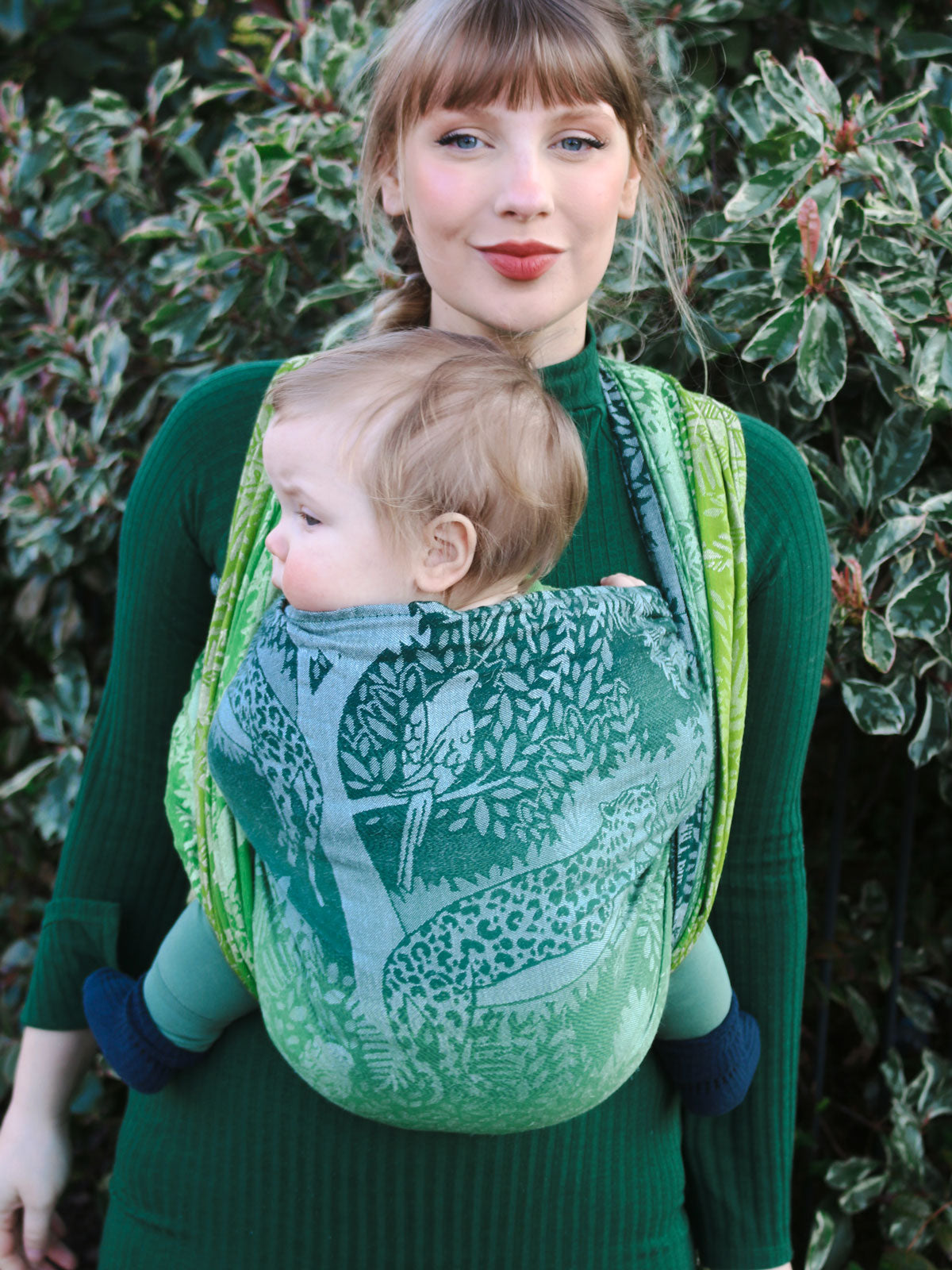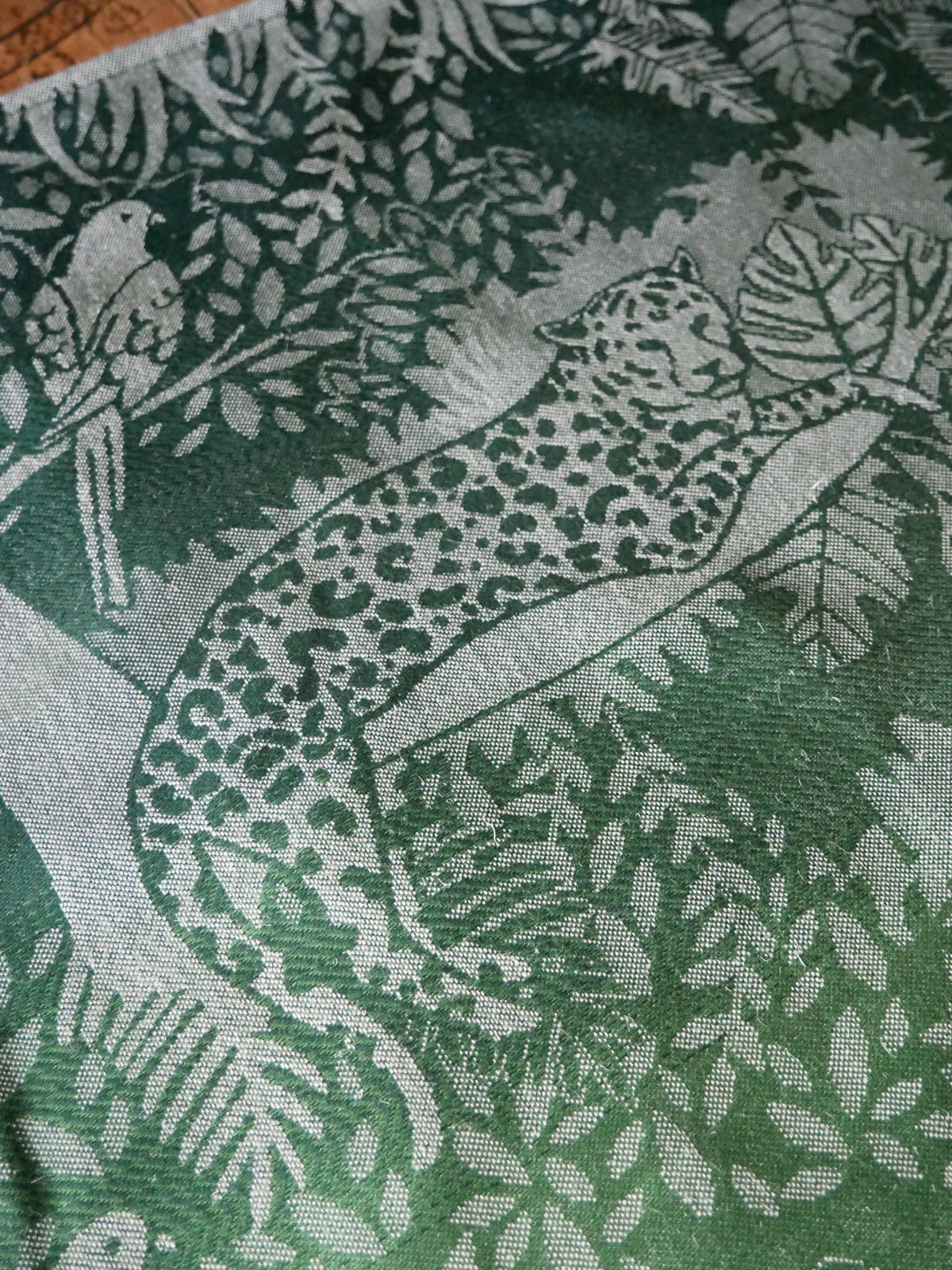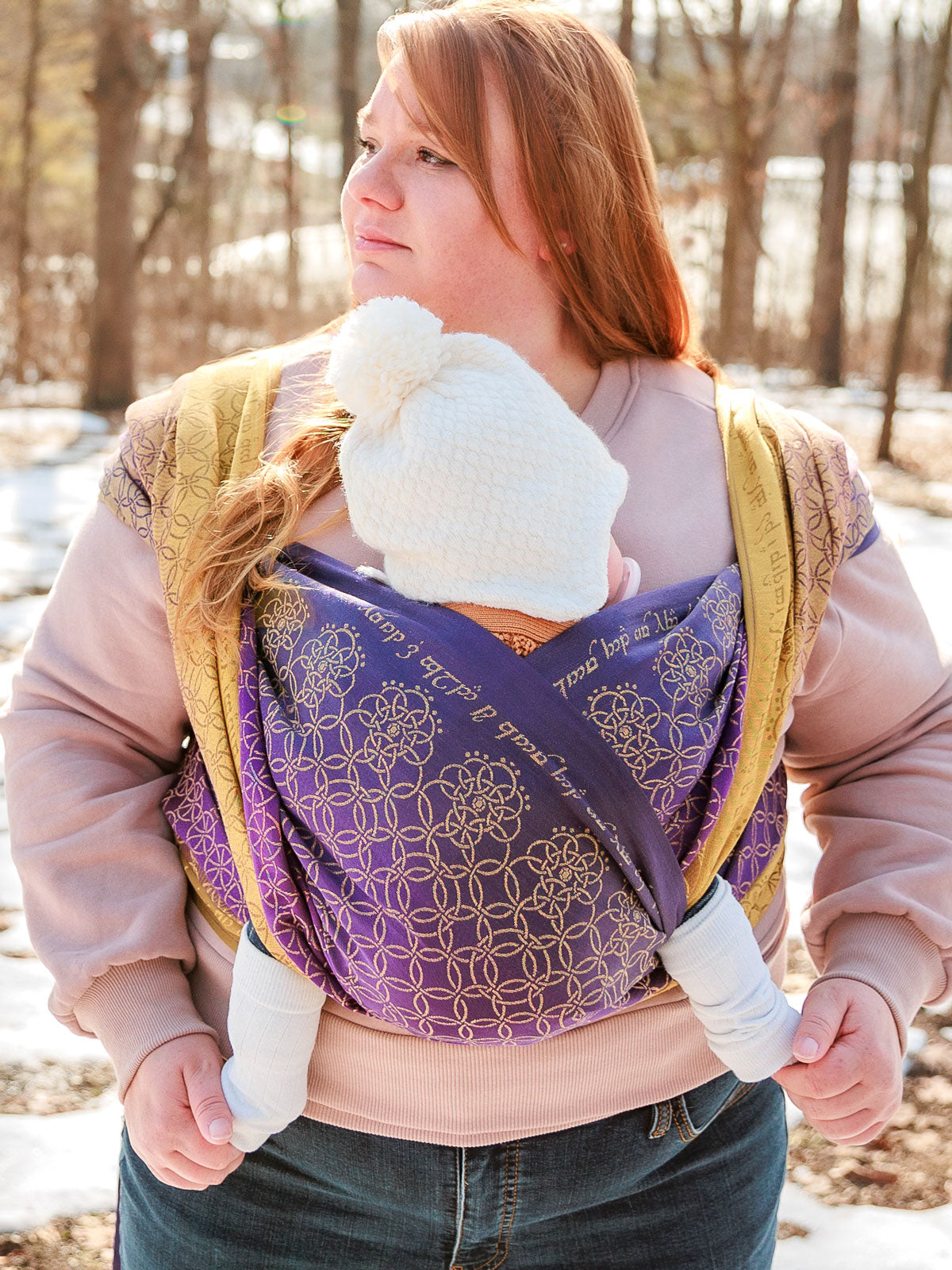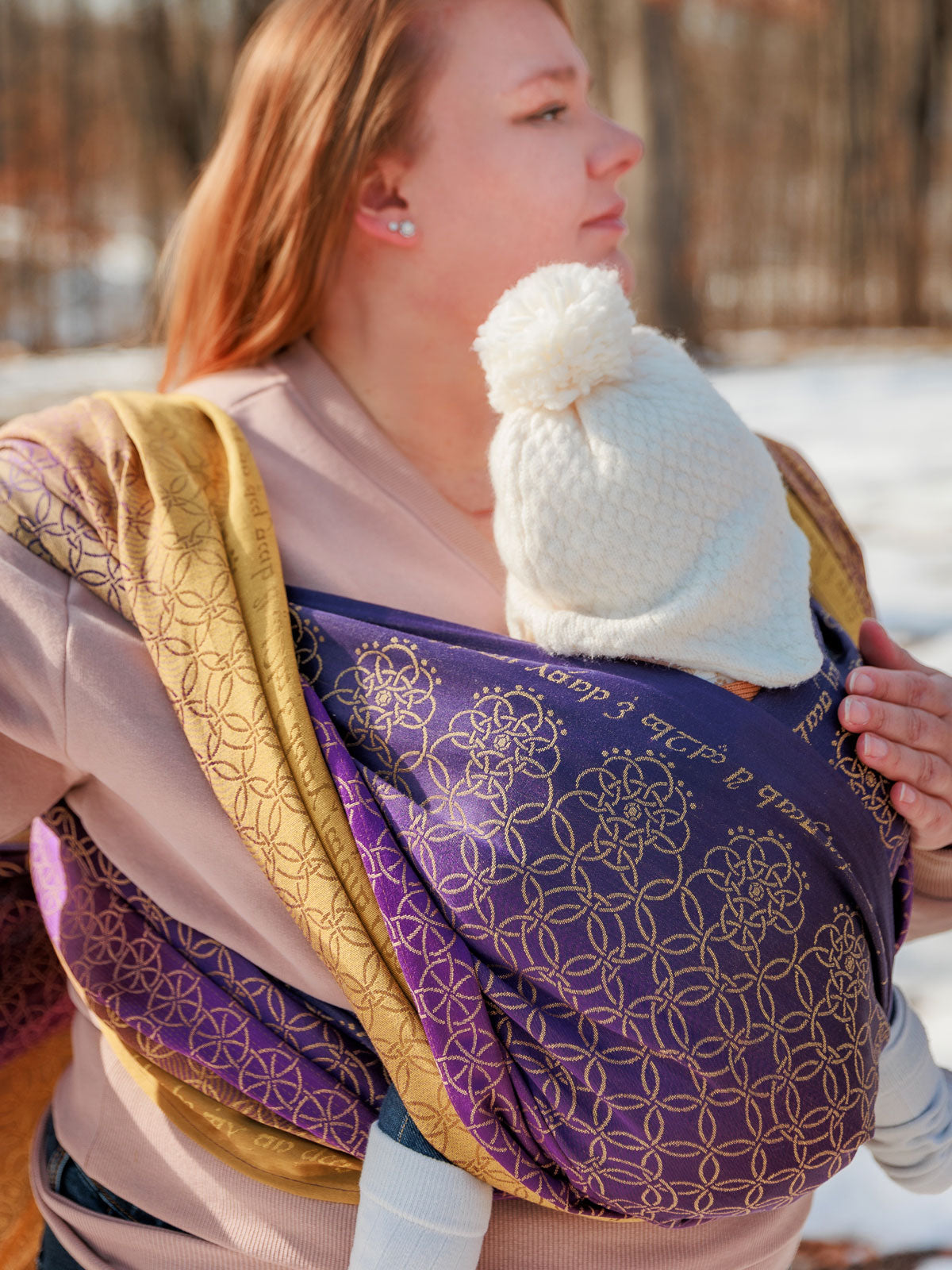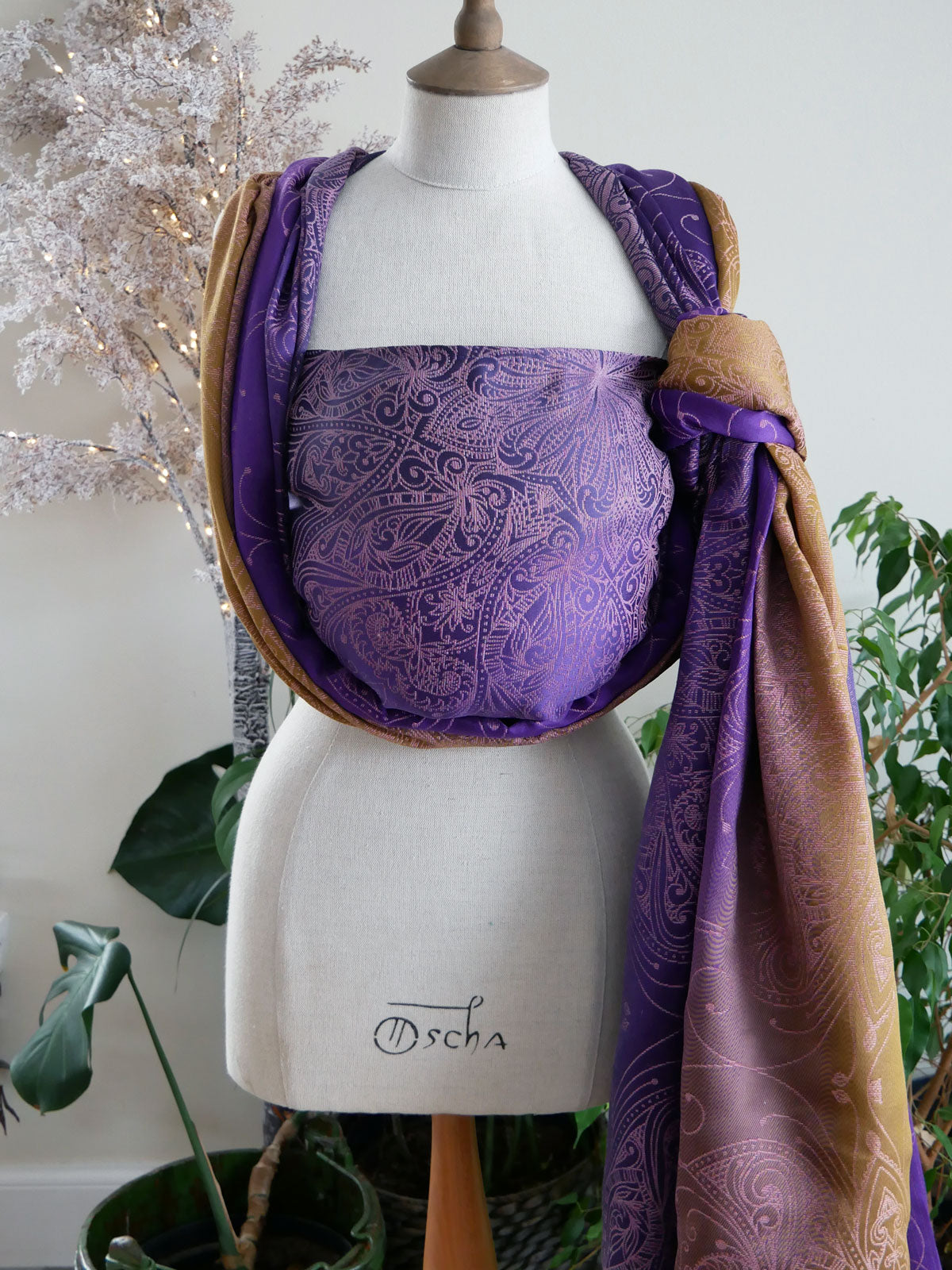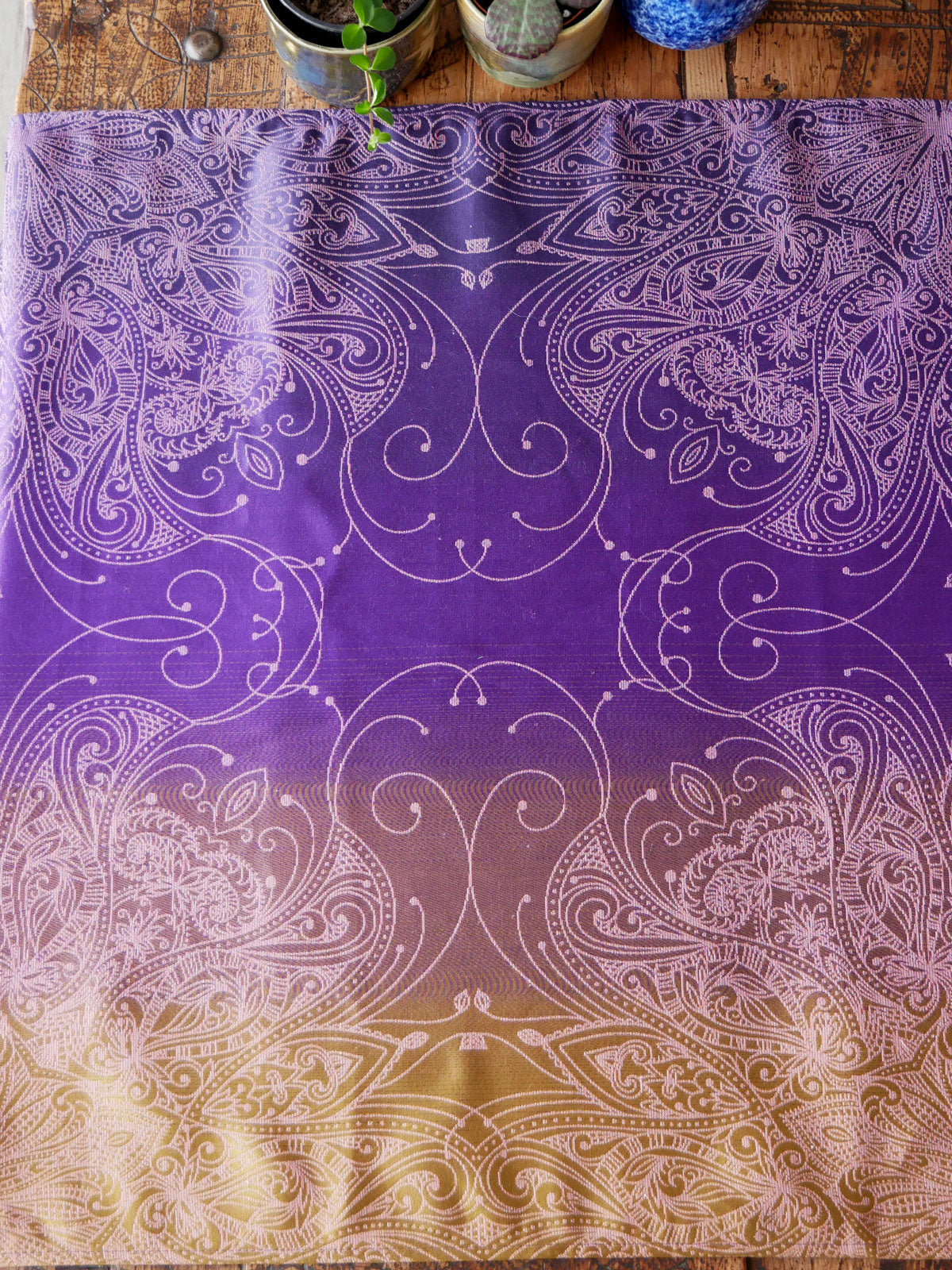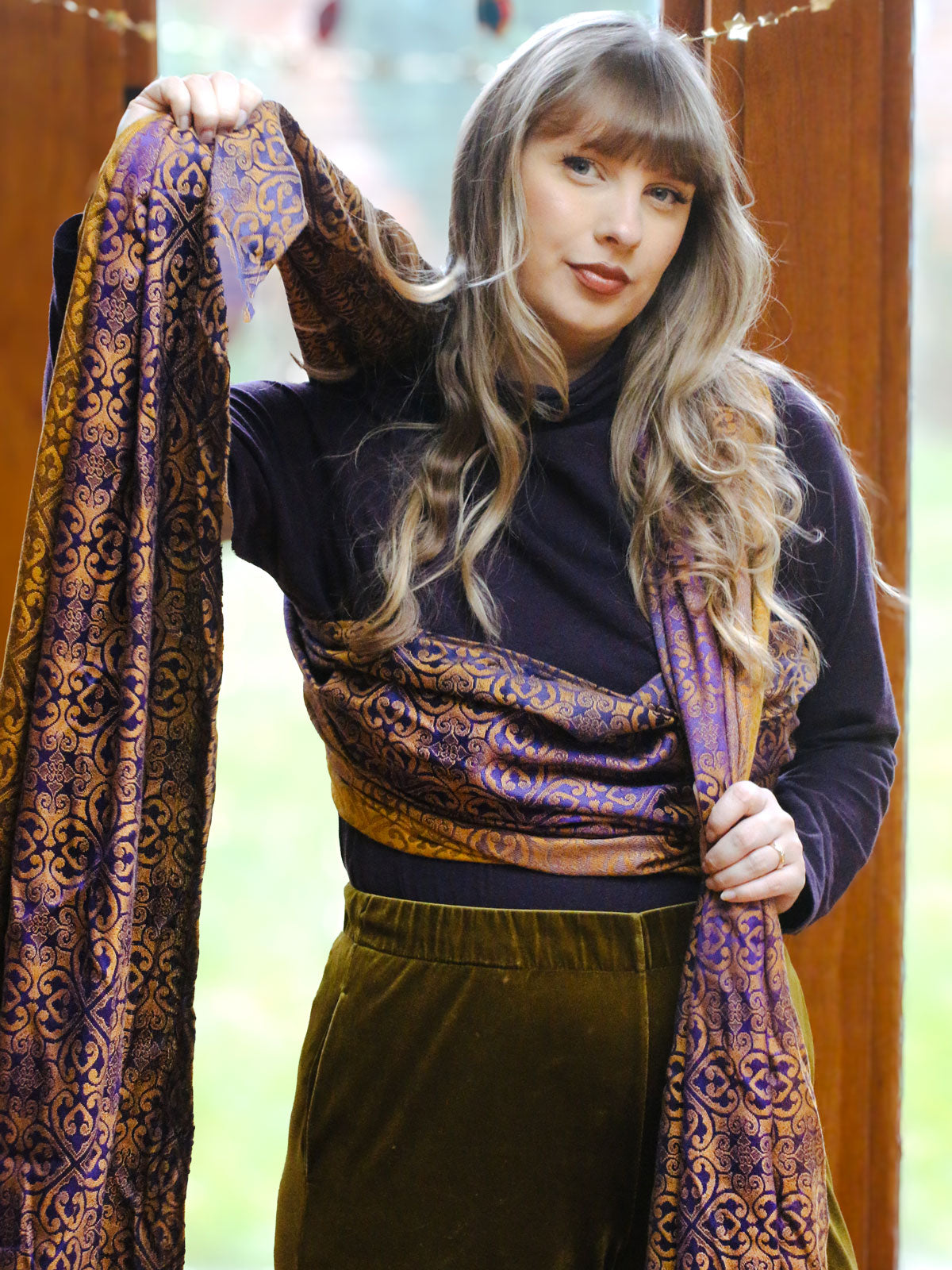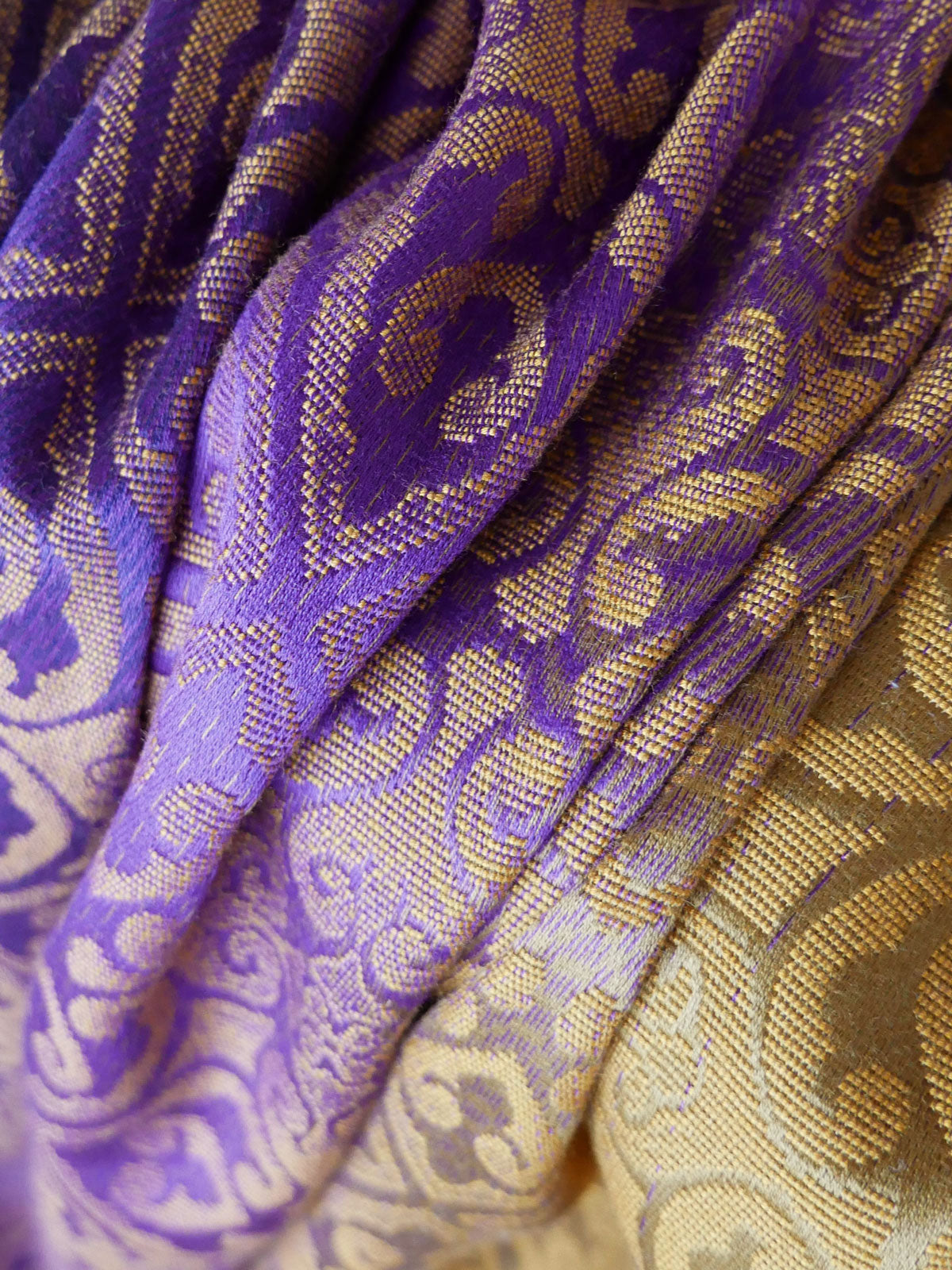Newborn Wrap Carriers
Our baby wraps for newborns are designed to keep your baby close, secure, and comfortable while offering you the convenience of hands-free carrying. Our woven wraps provide support and breathability for newborns of all shapes and sizes. Find the best options for you and your little one, all crafted with quality in Scotland by Oscha Slings.
Why choose Oscha Slings for your newborn wrap carrier
At Oscha Slings, we are passionate about crafting baby carriers that balance beauty, comfort, and functionality. Our newborn wraps are made from ethically sourced, natural fabrics in a variety of colours and designs, ensuring every parent finds a wrap they love. When you choose an Oscha Slings wrap, you are choosing quality, artistry, and peace of mind for you and your baby.
Benefits of baby wrap carriers for newborns
Our newborn wrap carriers are thoughtfully designed to nurture the bond between parent and child, while offering the freedom and comfort you need. By keeping your newborn close to your heartbeat, baby wraps foster a sense of security and connection. The ergonomic support provided by Oscha Slings’ wraps ensures proper hip and spine alignment for your baby, while the soft, breathable fabrics keep both of you cool and comfortable. Oscha baby wraps are approved by the International Hip Dysplasia Institute.
Frequently Asked Questions
-
What is the best type of wrap for a newborn?
An ergonomic baby wrap that provides knee-to-knee support for optimum hip development. Choose fabrics that are soft, relatively thin and will mould to your baby. Choose organic and natural baby wrap carriers.
-
How do I safely use a newborn wrap carrier?
Begin with a Front Wrap Cross Carry (FWCC) with a 'lexi-twist.' This carry is safe and supportive. The bulk of the fabric is brought away from baby's knees with the lexi-twist. Keep your baby upright in the sling; they should be close enough to kiss, and the wrap should feel snug. Ensure baby's back is well supported so that they cannot slump into a ball – check to see you can fit two fingers between baby's chin and chest. Always make sure there is no fabric covering baby's face.
-
Can I use a wrap carrier for a newborn with sensitive skin?
Yes, choose soft, organic and natural fabrics, especially cotton.
-
Can you feed a newborn in a wrap?
Yes, a wrap can be used as an aid during nursing. You should first get comfortable breastfeeding before using the baby wrap. Note that the wrap is merely a support for the baby's body, and you will need one hand to support the baby's head. After you complete the feed, you should always re-tighten the sling and move the baby back to the upright position.
-
Can I use a wrap carrier for twins?
Yes, many parents successfully use wrap carriers with twins. However, it’s essential to ensure that each baby is properly supported and positioned to avoid excess strain. Many parents start with a single carrier for each twin, but with practice, you may find twin-specific wrapping techniques work as well. Consulting a babywearing consultant for guidance with twins can be beneficial.
-
How long can I keep my newborn in a wrap carrier?
Newborns can be worn in a wrap carrier for several hours as long as they are positioned correctly and comfortably, and you both feel relaxed. Just be sure to follow the TICKS safety guidelines: Tight, In view at all times, Close enough to kiss, Keep chin off chest, and Supported back. Regularly check on your baby to ensure they’re comfortable and adjust the wrap as needed.
-
What are the TICKS guidelines, and why are they important?
TICKS is a set of safety guidelines for babywearing:
- Tight: The carrier should be tight enough to hug your baby close, ensuring a secure position.
- In view at all times: You should always be able to see your baby’s face without needing to adjust the wrap.
- Close enough to kiss: Your baby’s head should be close enough to kiss easily.
- Keep chin off chest: Ensure there’s a small space between your baby’s chin and chest to allow for unrestricted breathing.
- Supported back: The baby’s back should be well-supported, without allowing them to slump.
-
Can a baby wrap carrier support different carrying positions?
Yes, most wrap carriers are versatile and allow multiple carrying positions as your baby grows, such as the front-facing, hip, and back carry. However, for newborns, it’s best to stick to front carry positions where you can maintain good visibility and support.
-
What size wrap should I choose for my body type and needs?
Wrap carriers come in different sizes, generally numbered from 1 to 8, with each size supporting different wrapping styles. The ideal wrap length depends on your body type and preferred carries. A size 6 (standard length) is often suitable for most people to perform basic wraps like the Front Wrap Cross Carry. It’s best to consult a wrap sizing guide or ask for assistance if you’re unsure.
